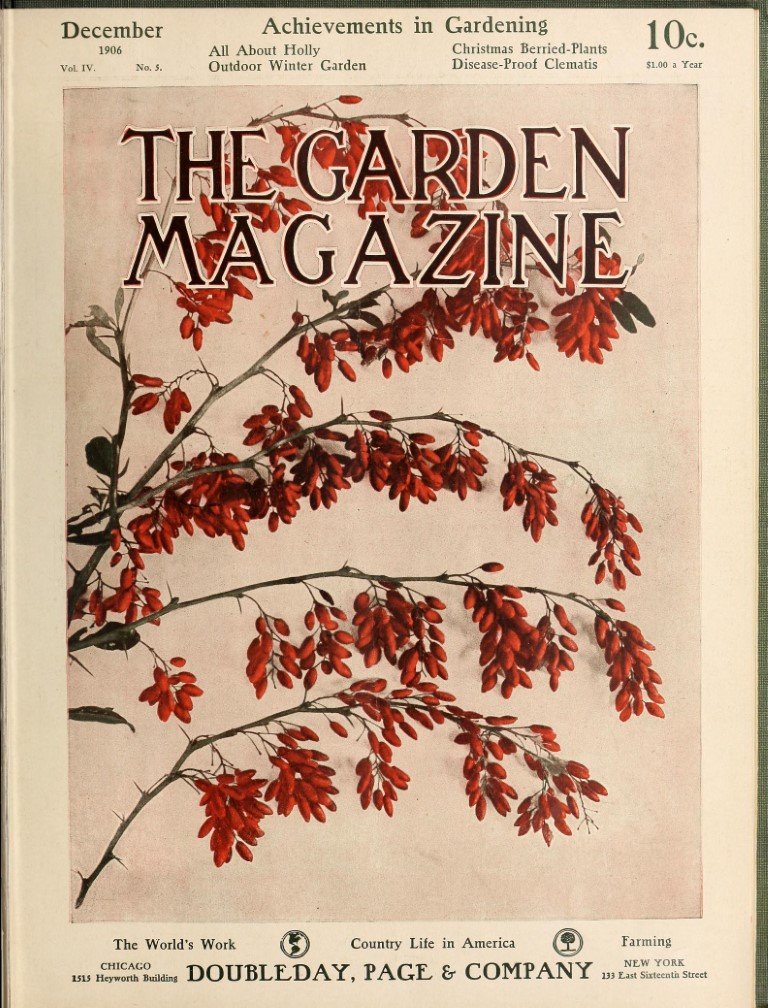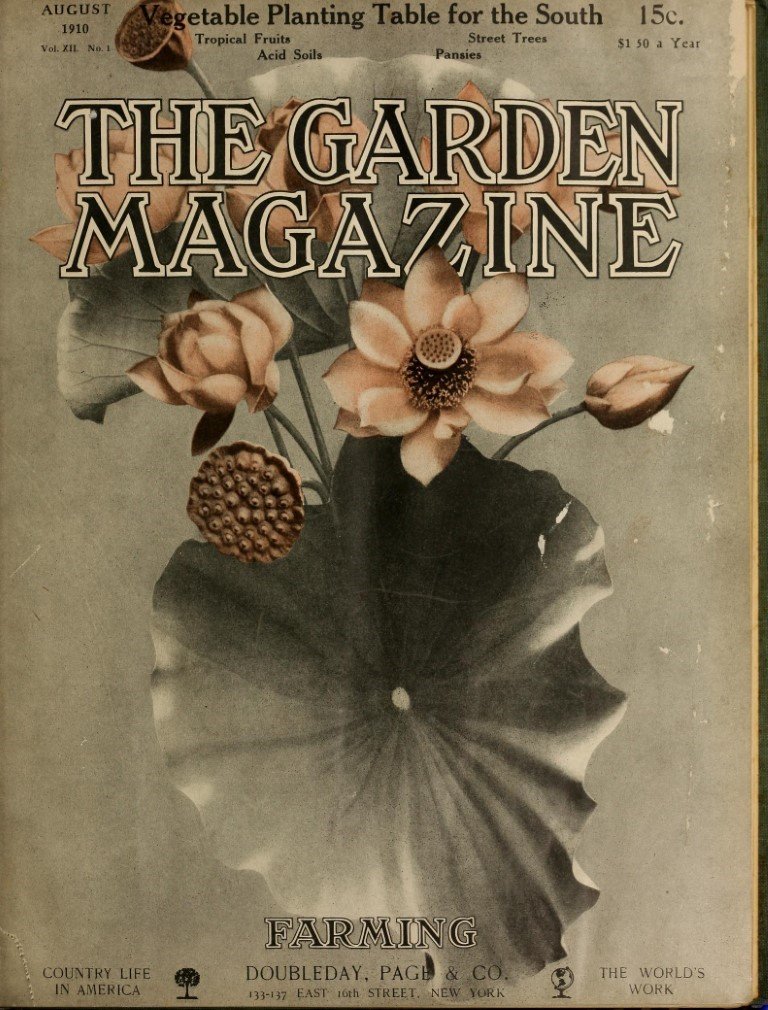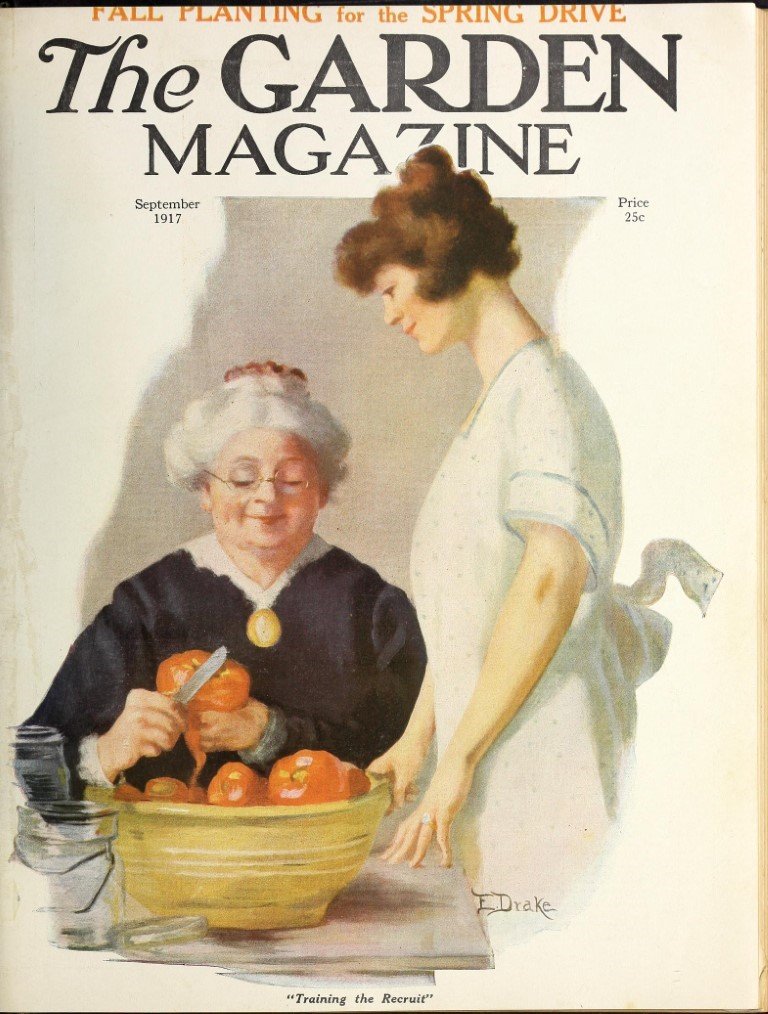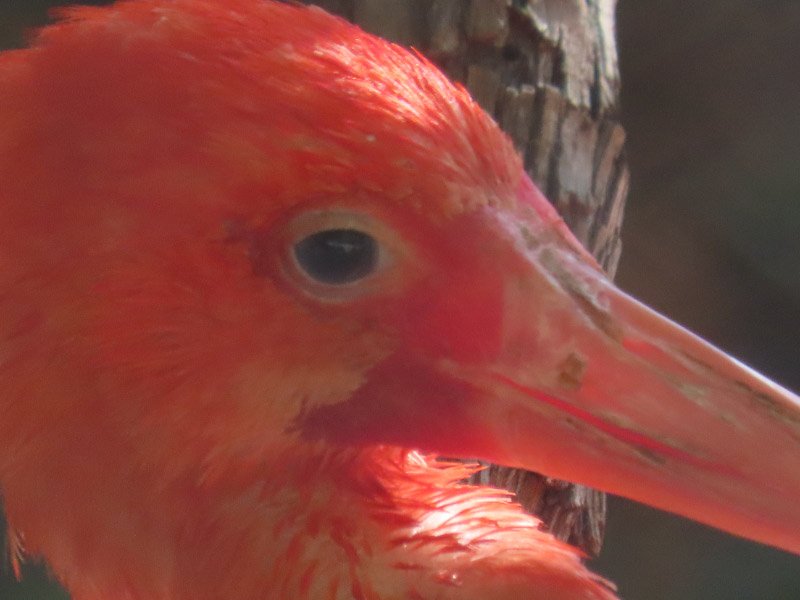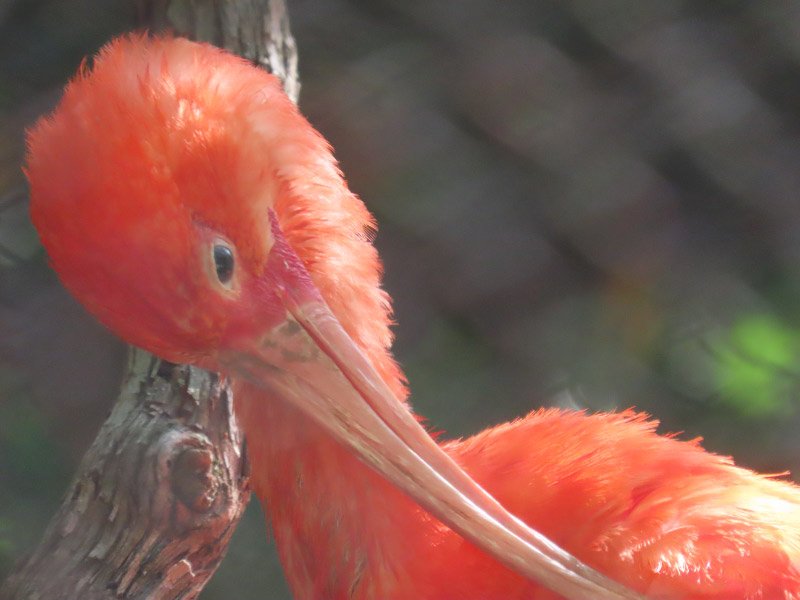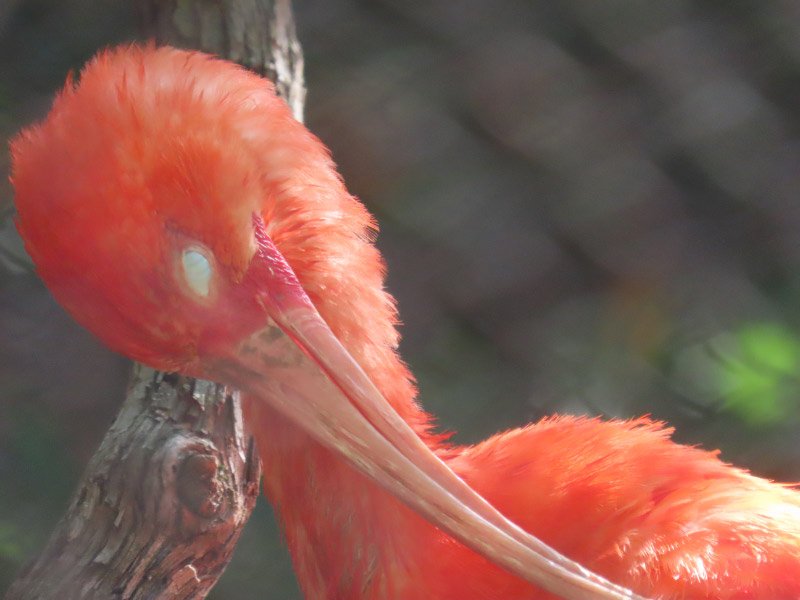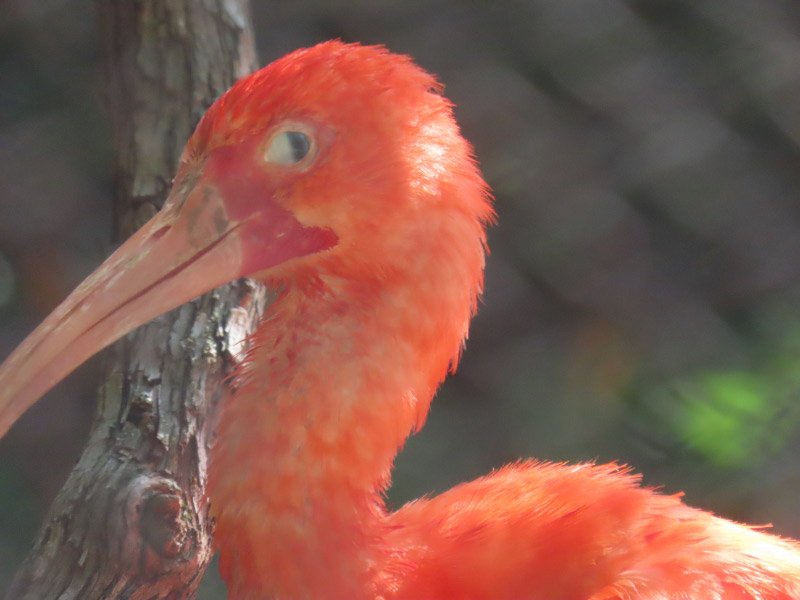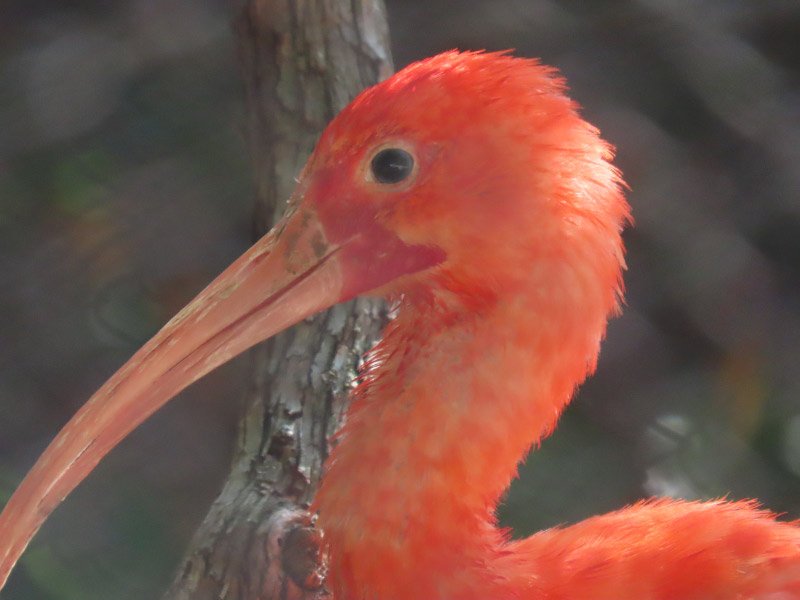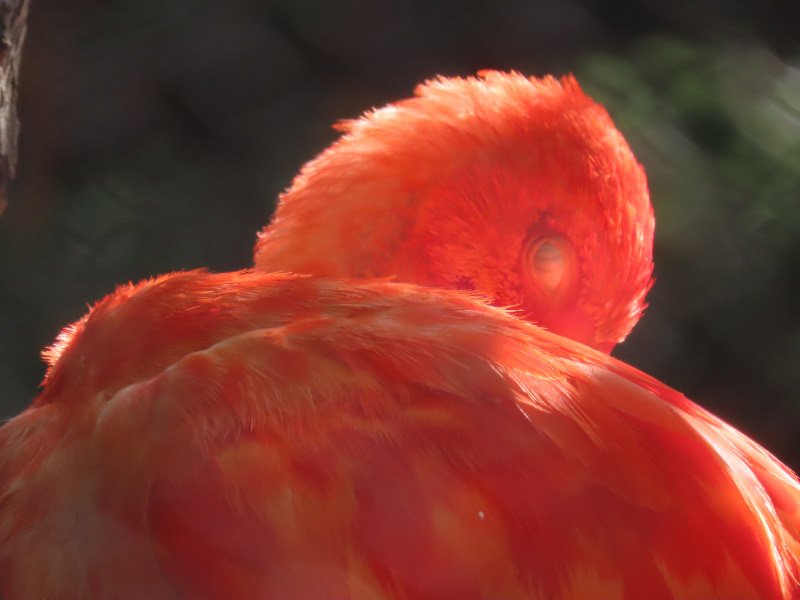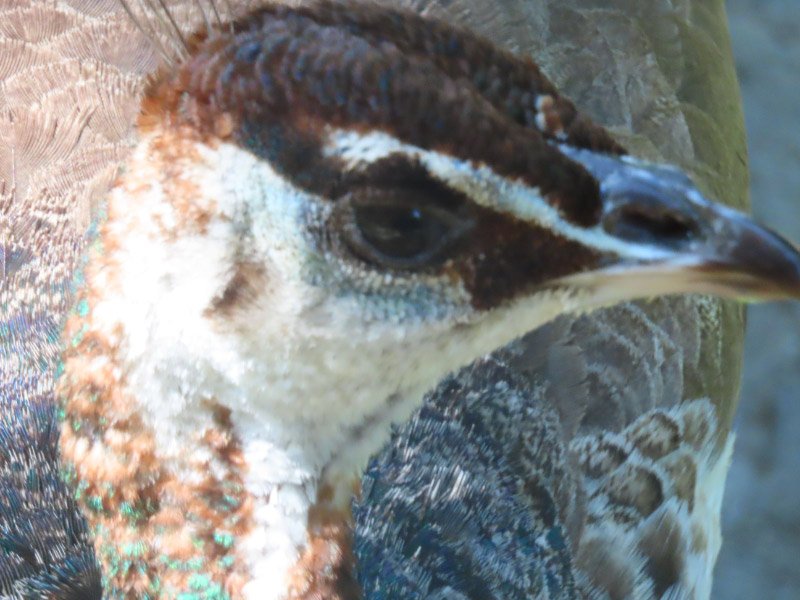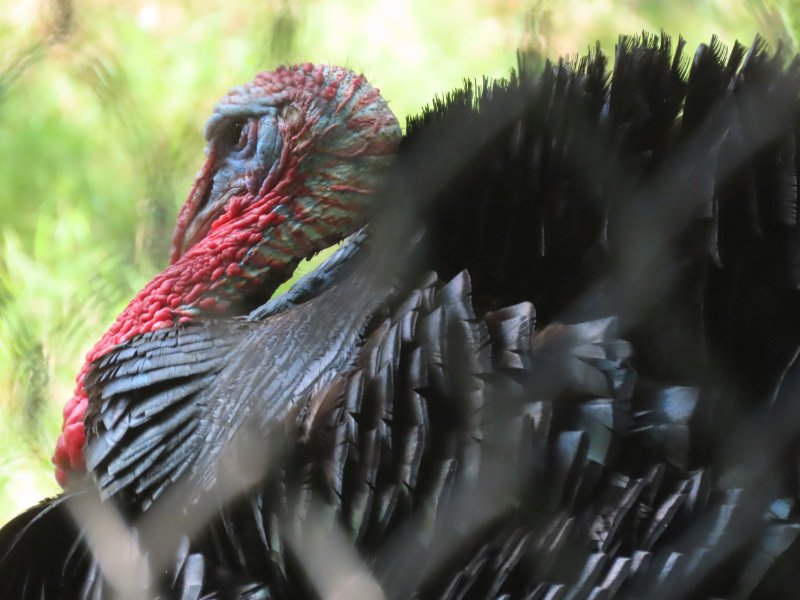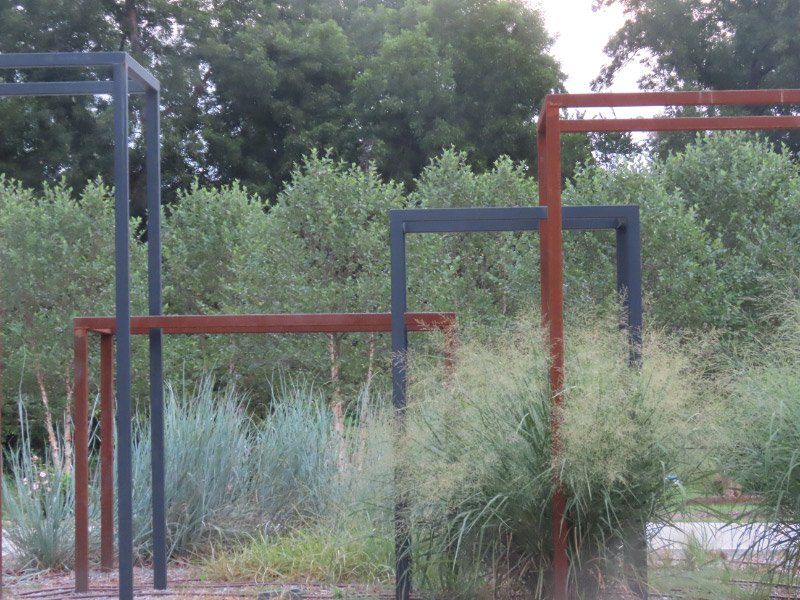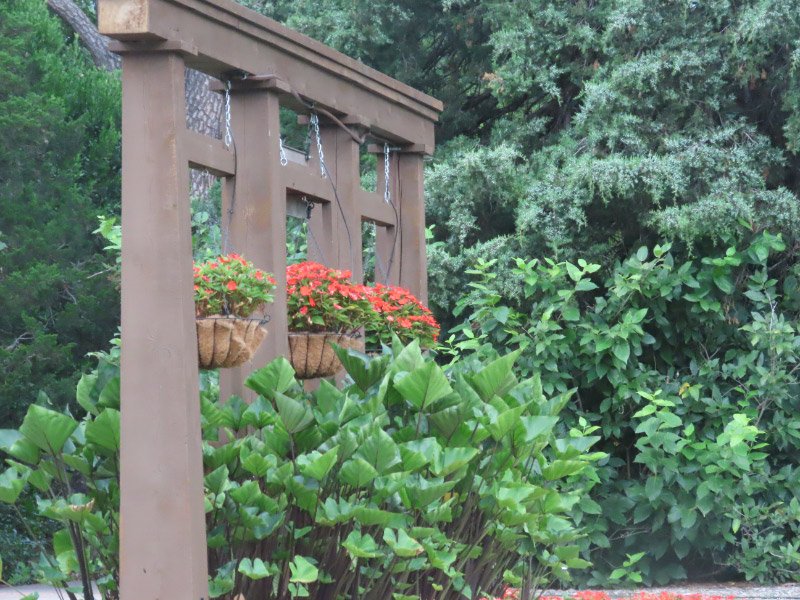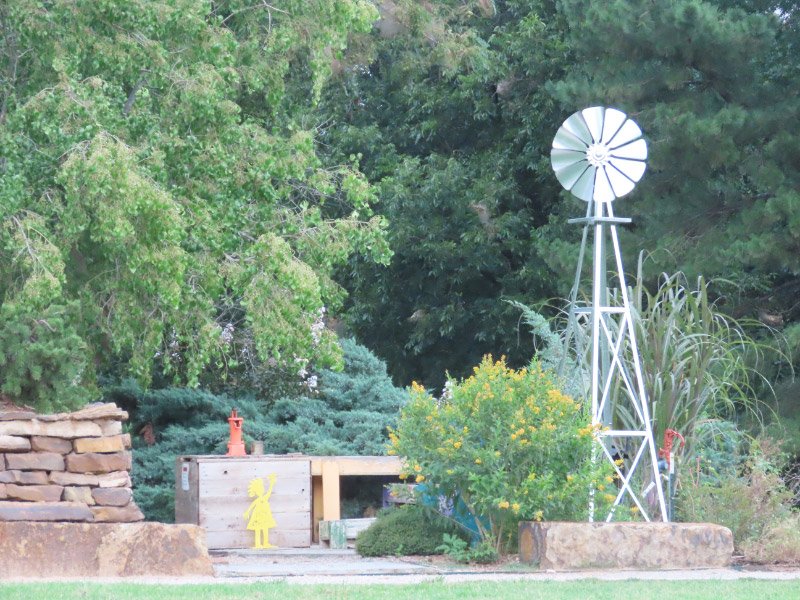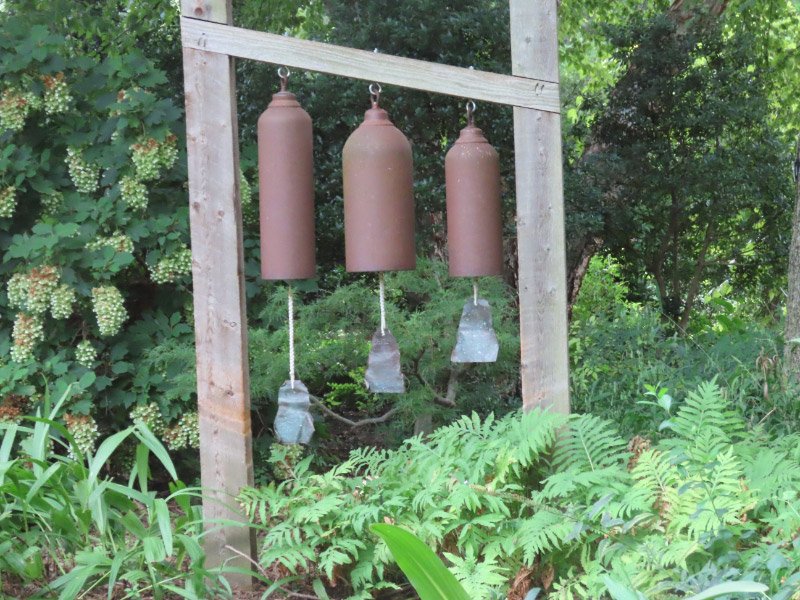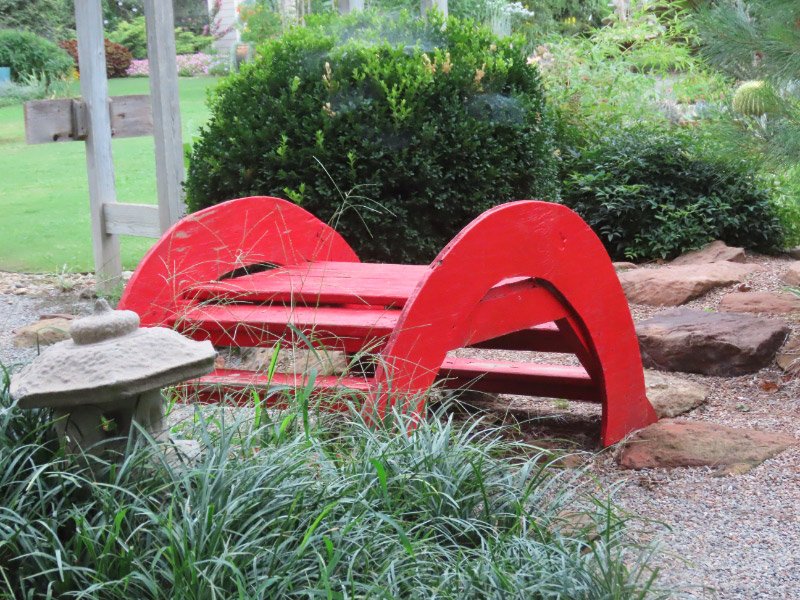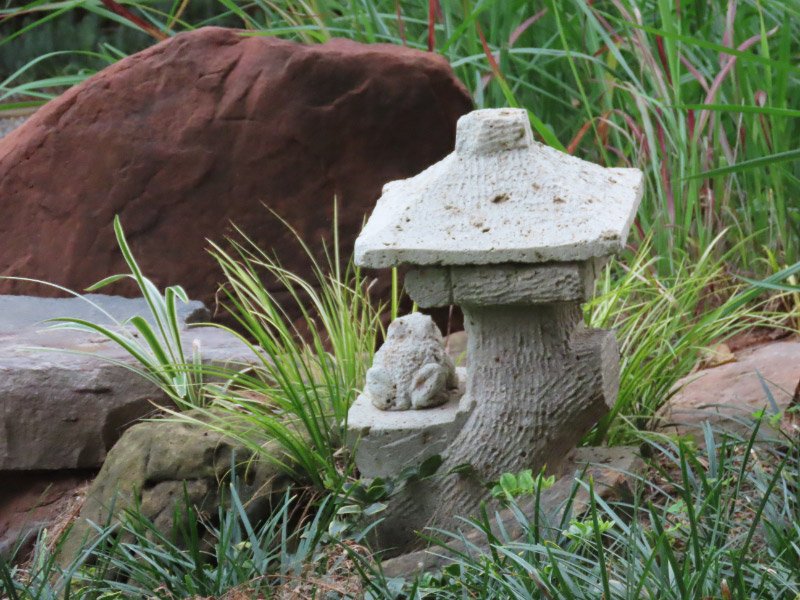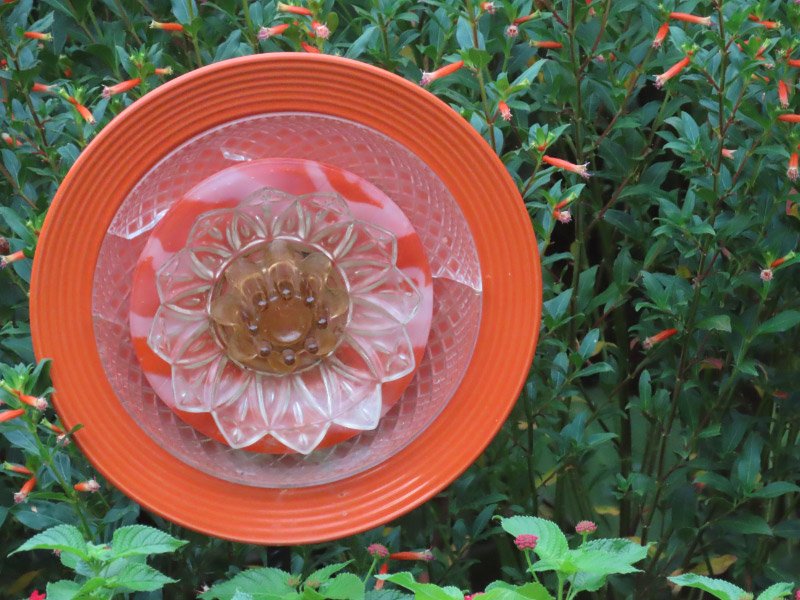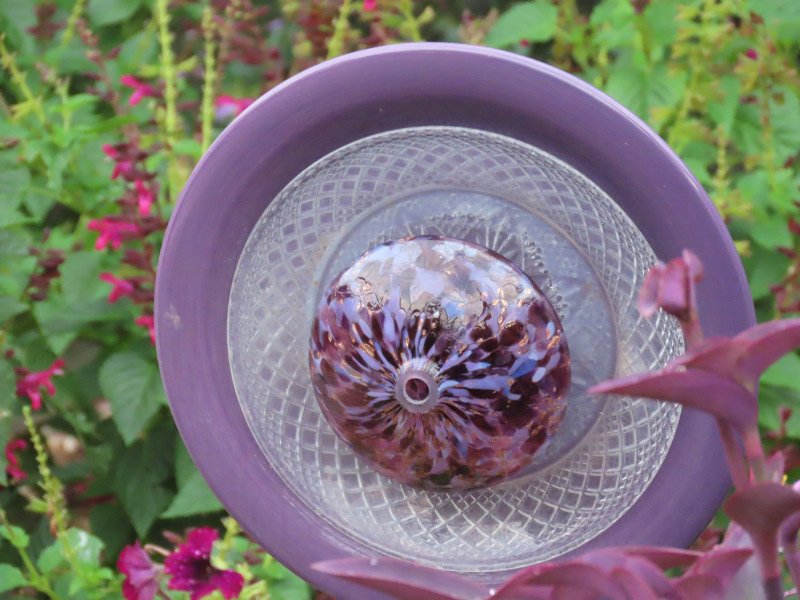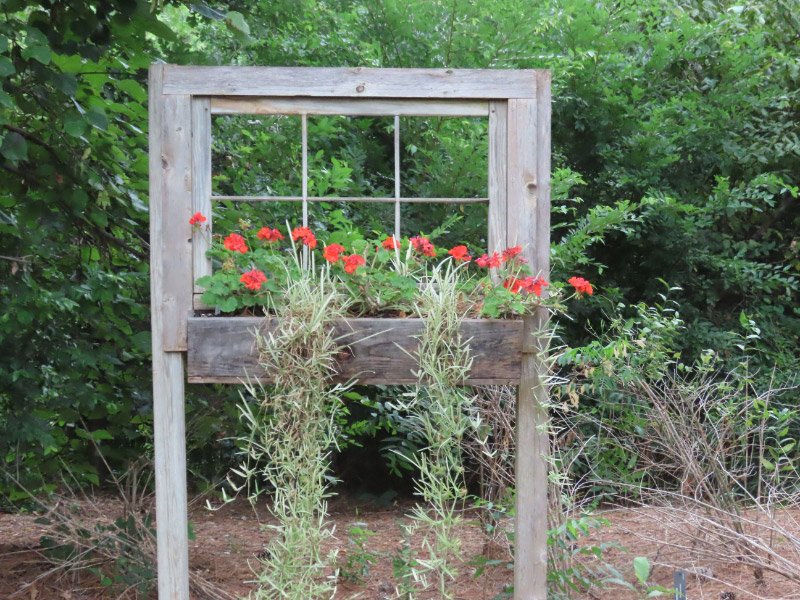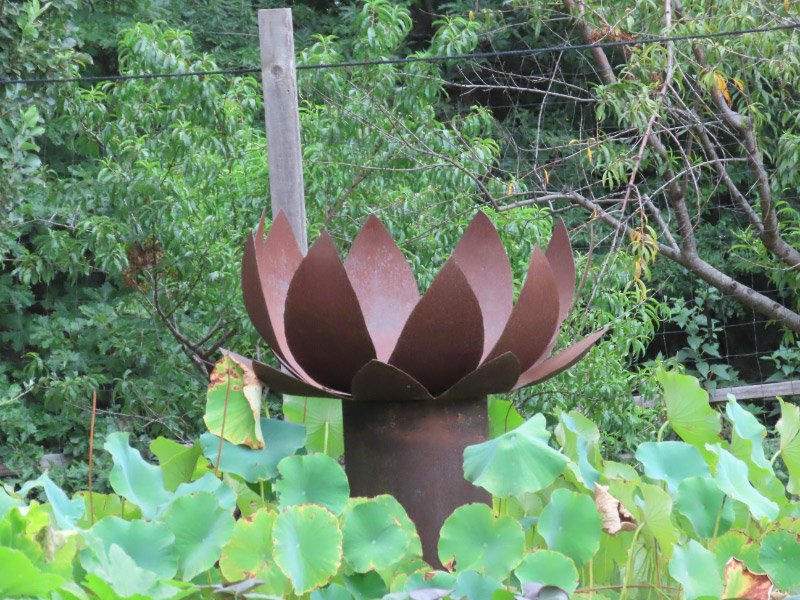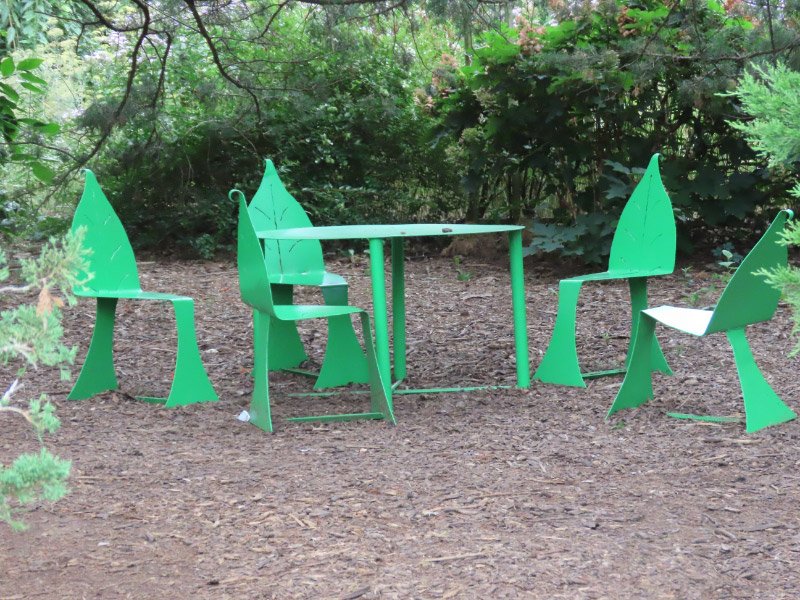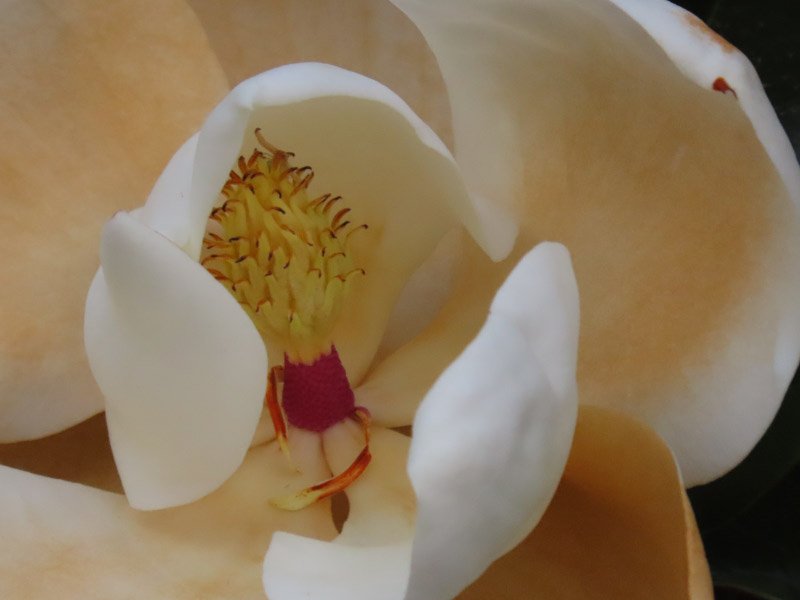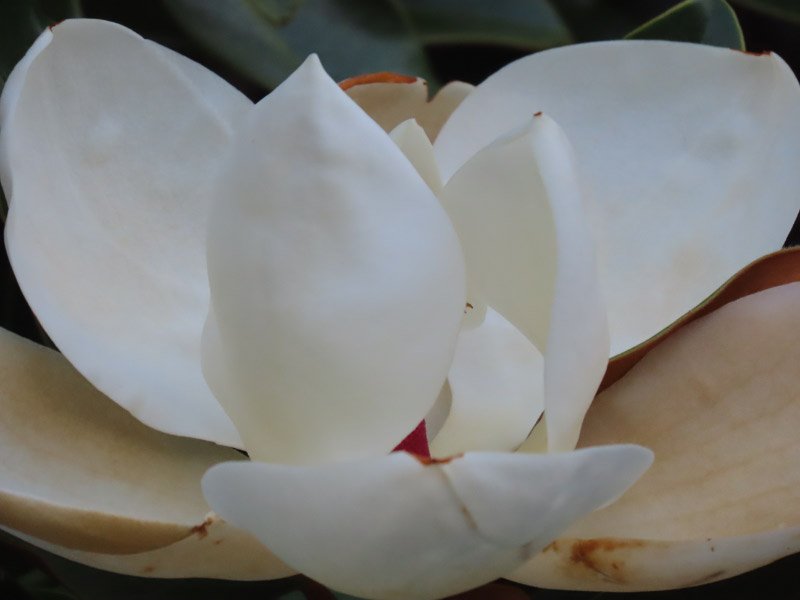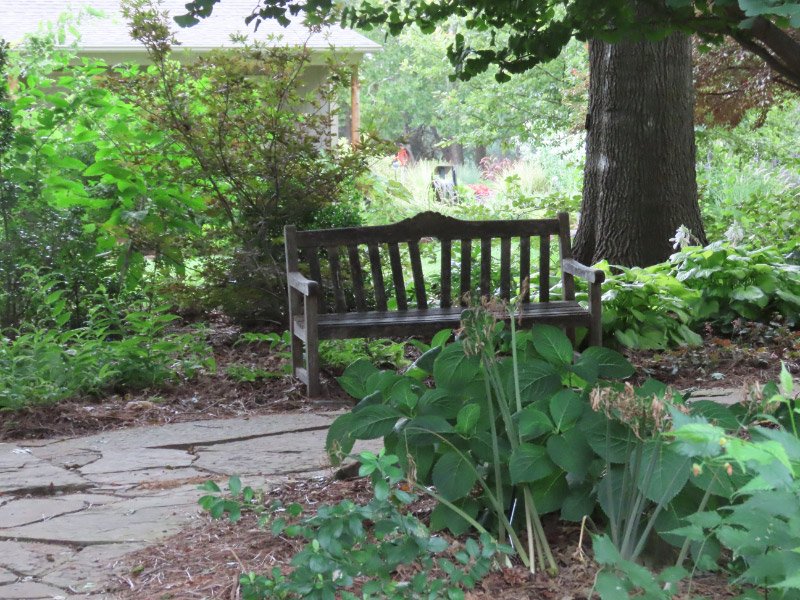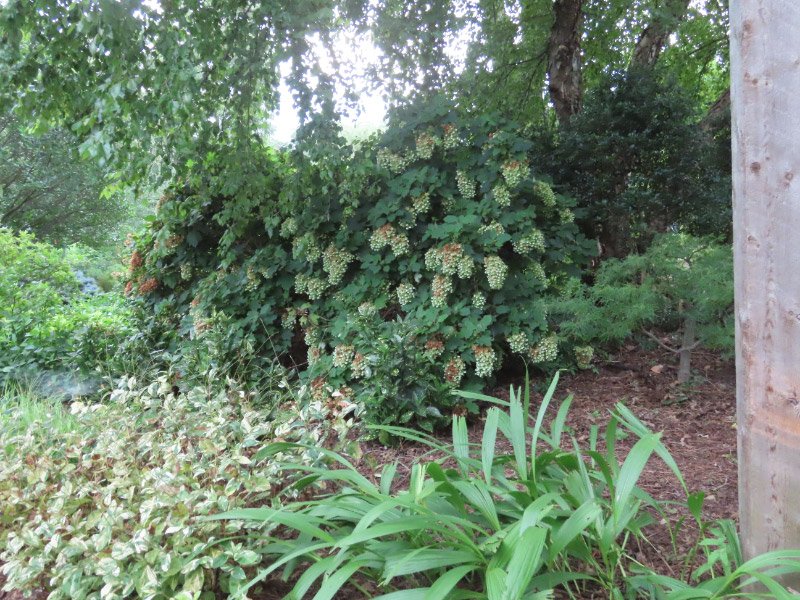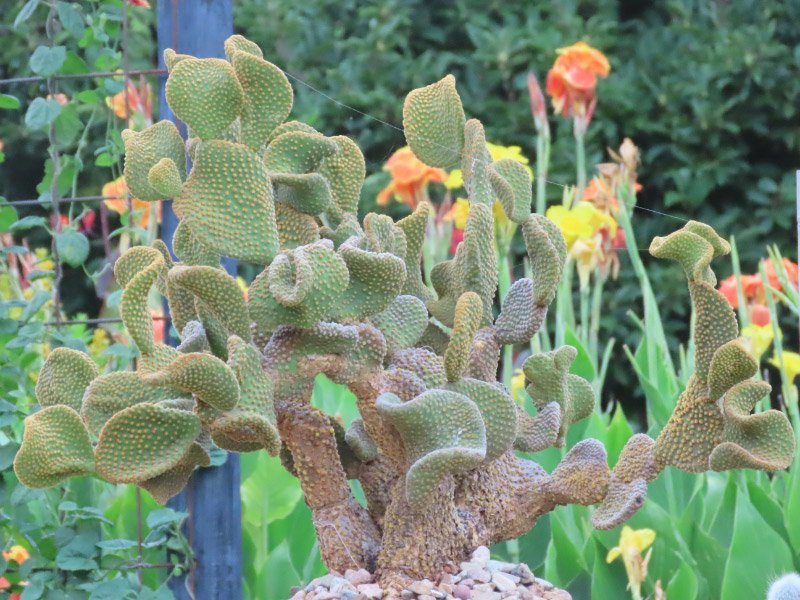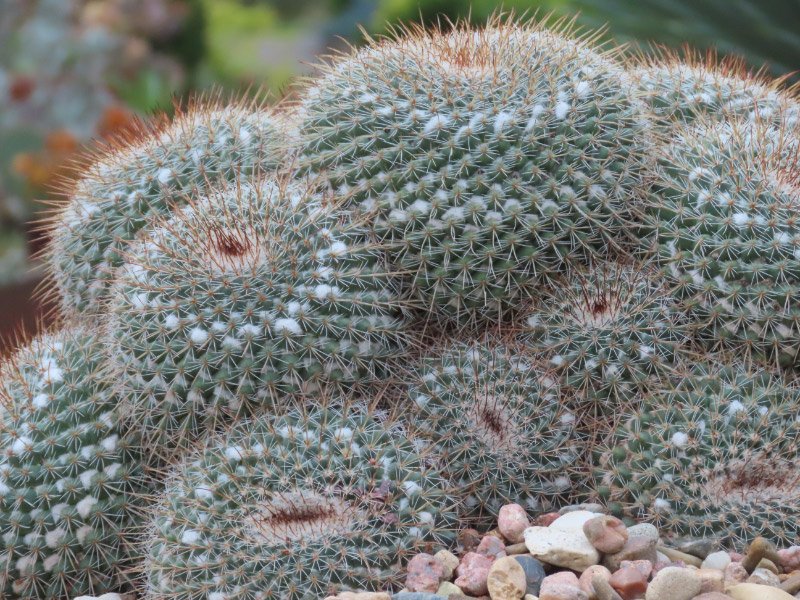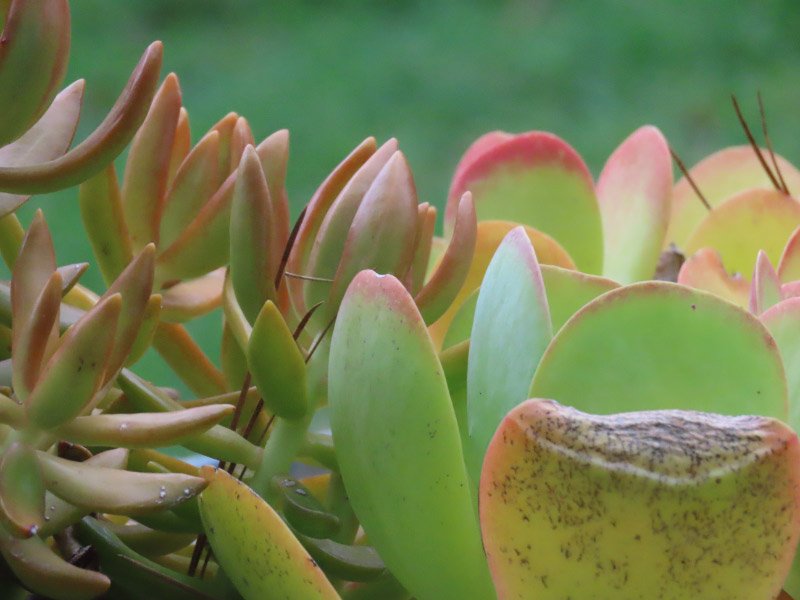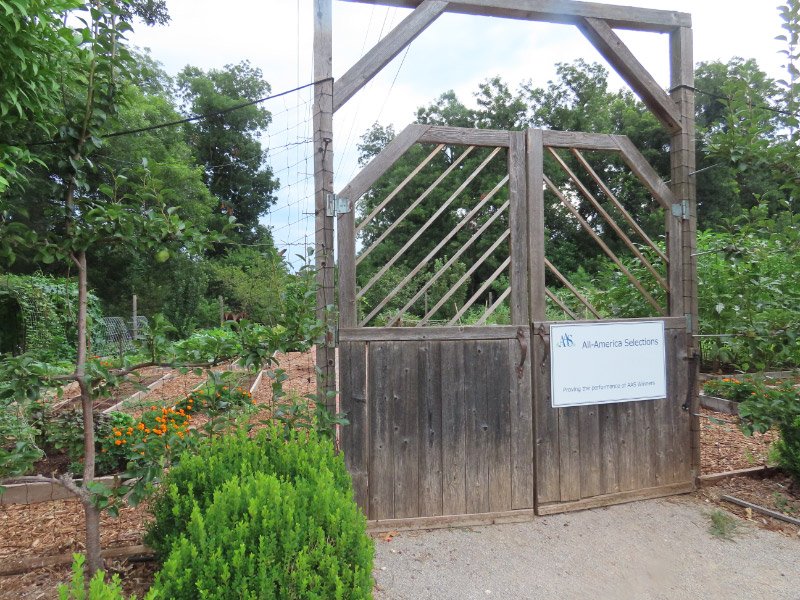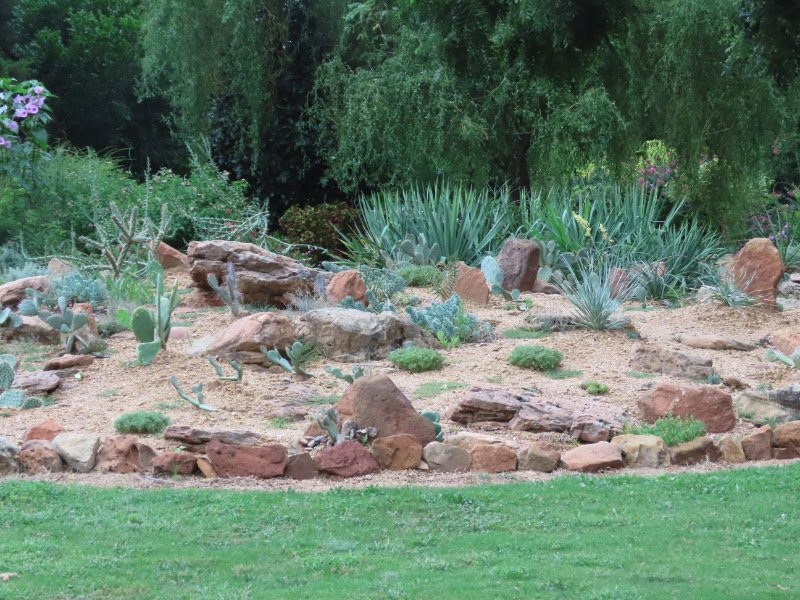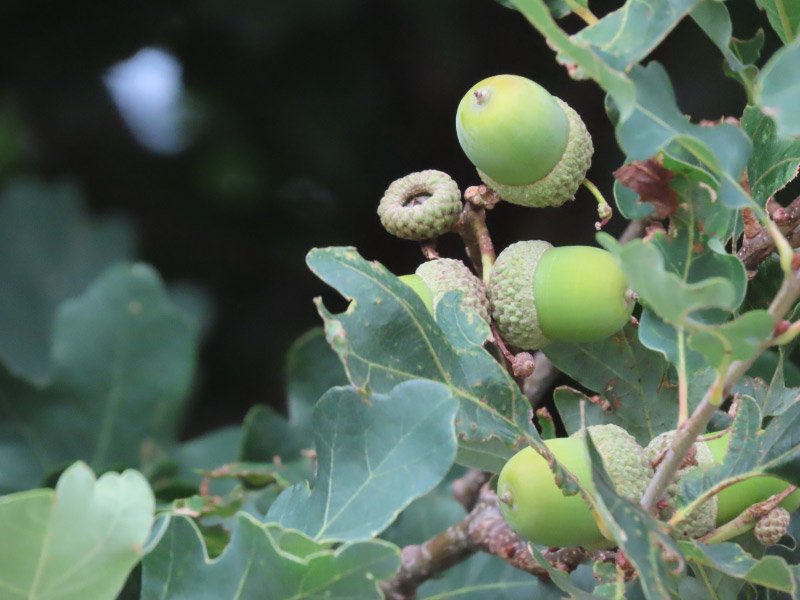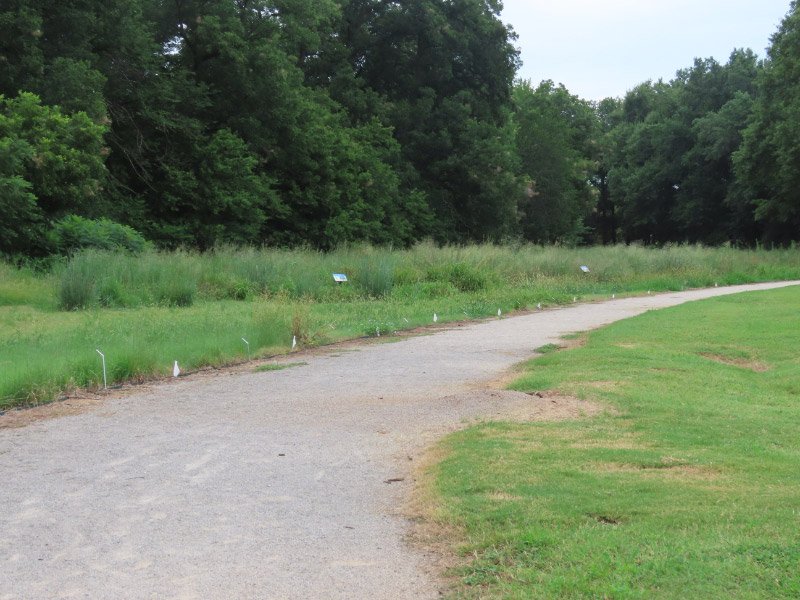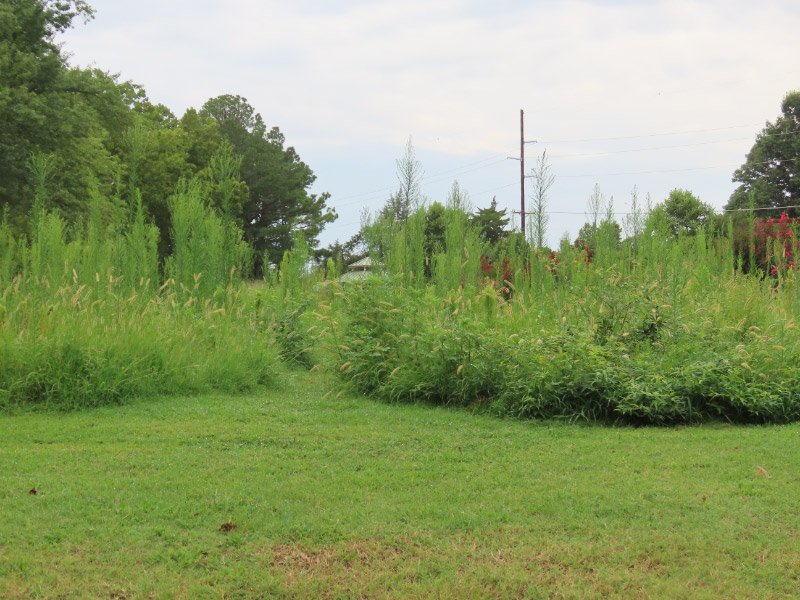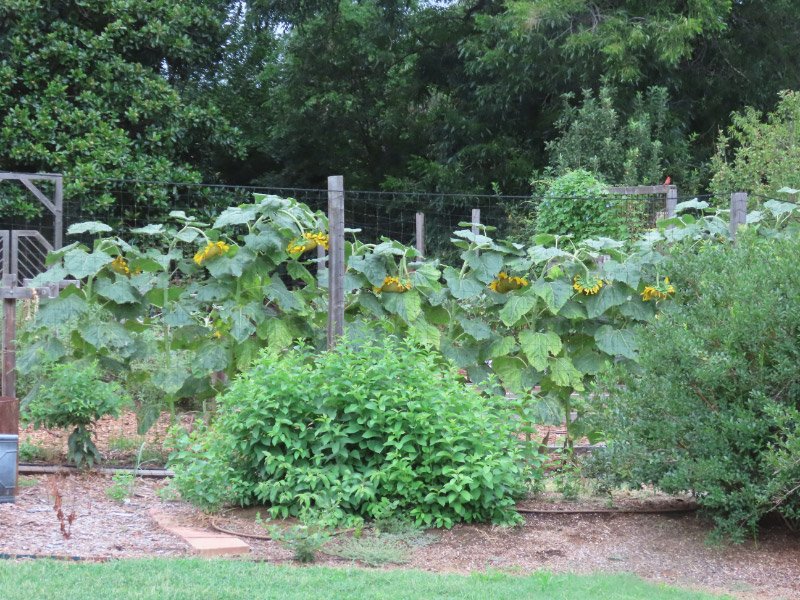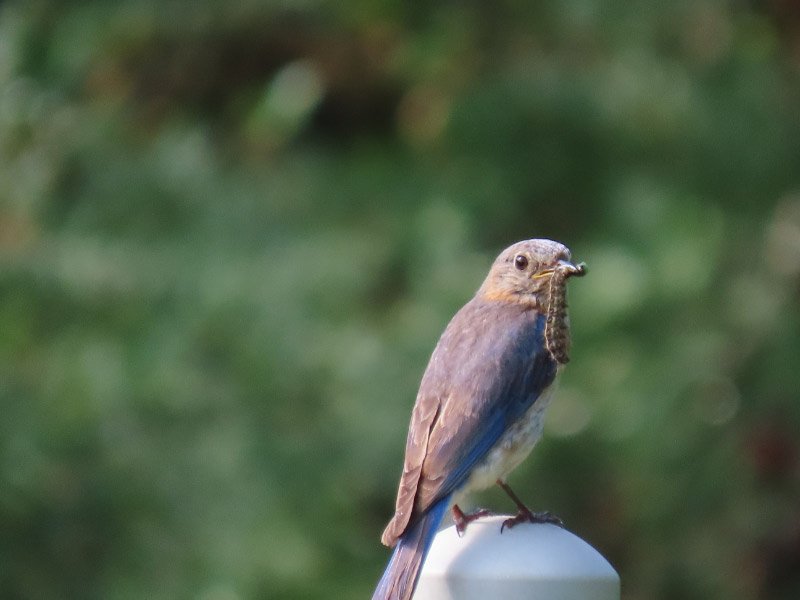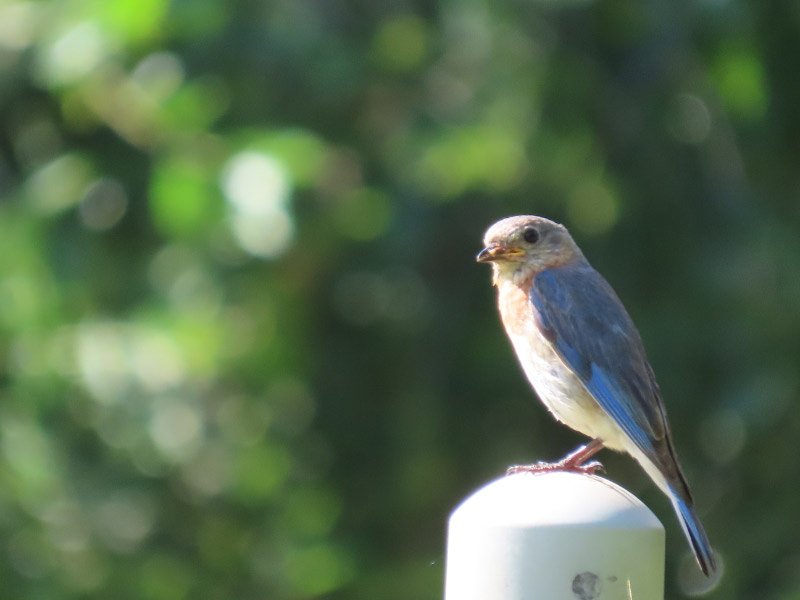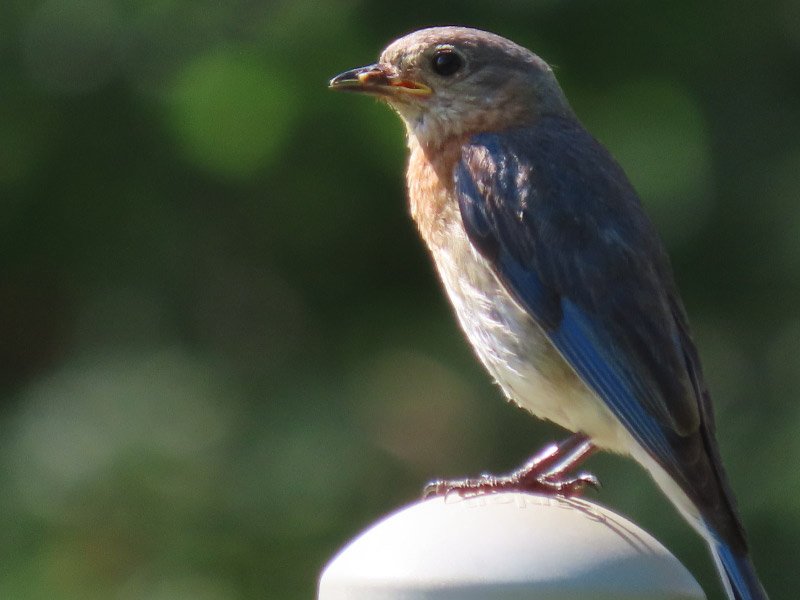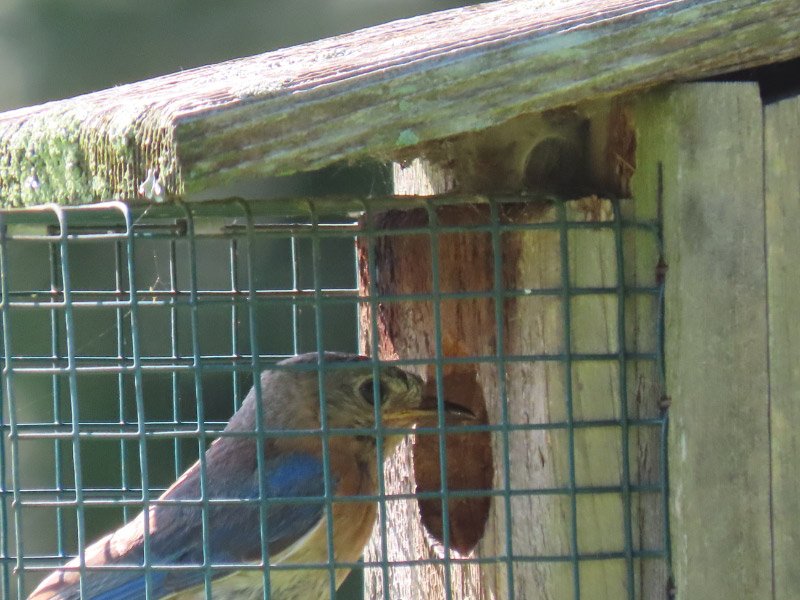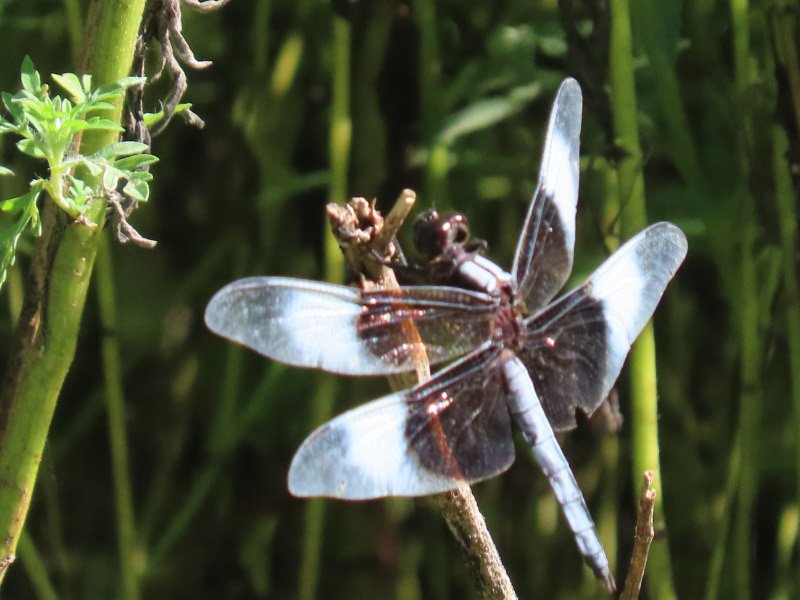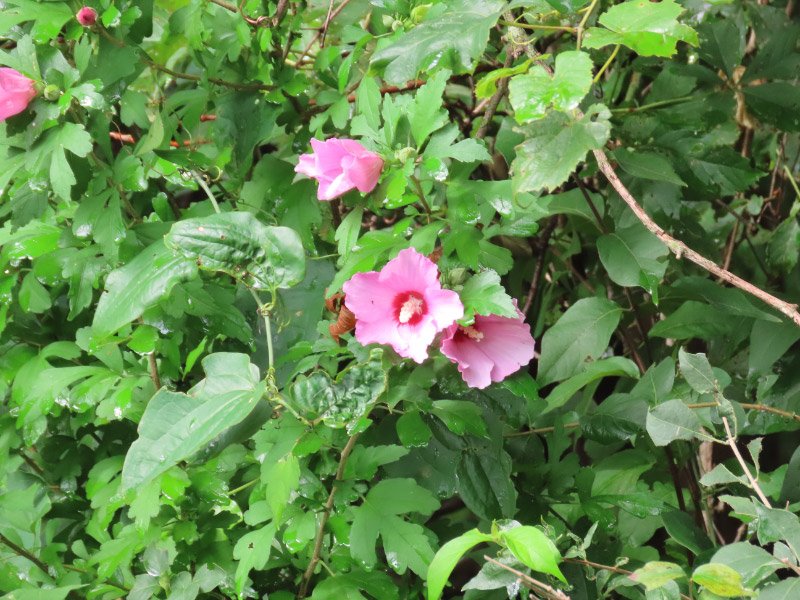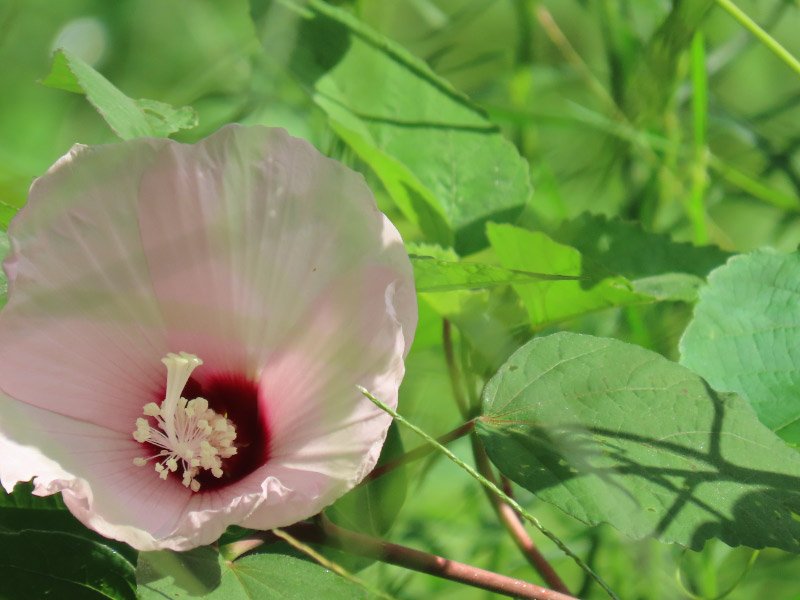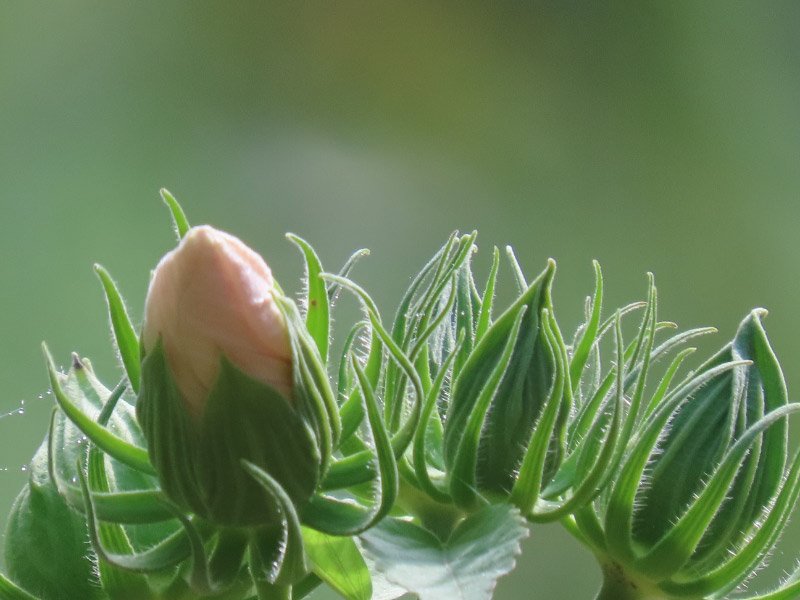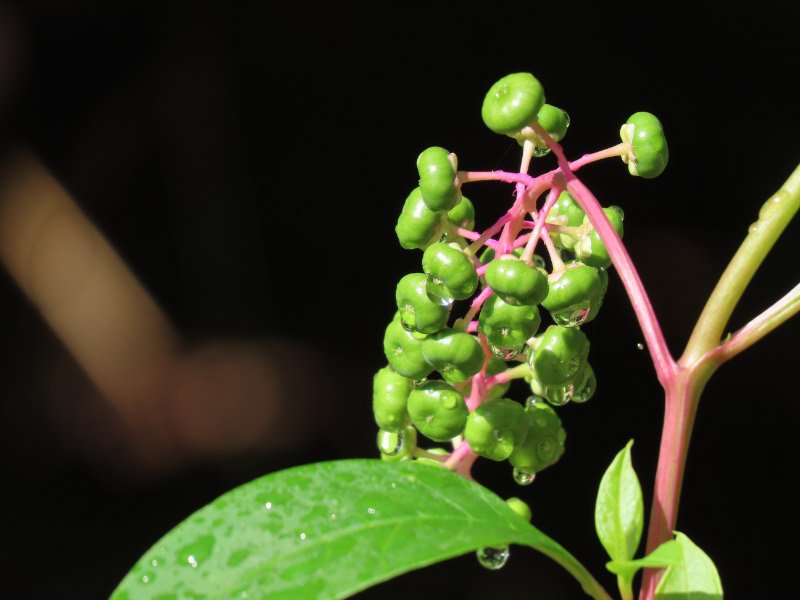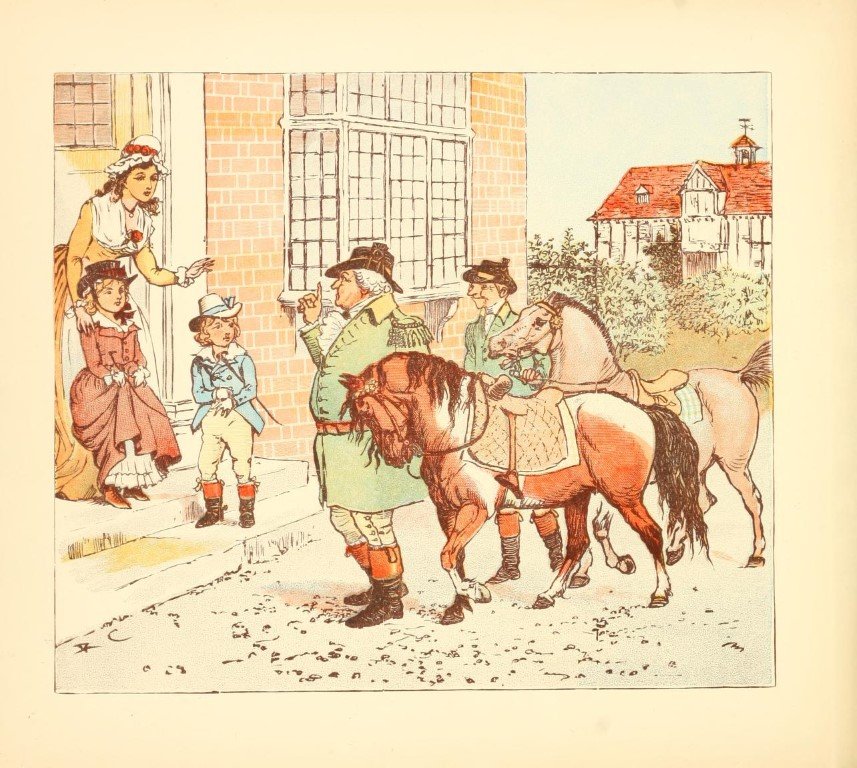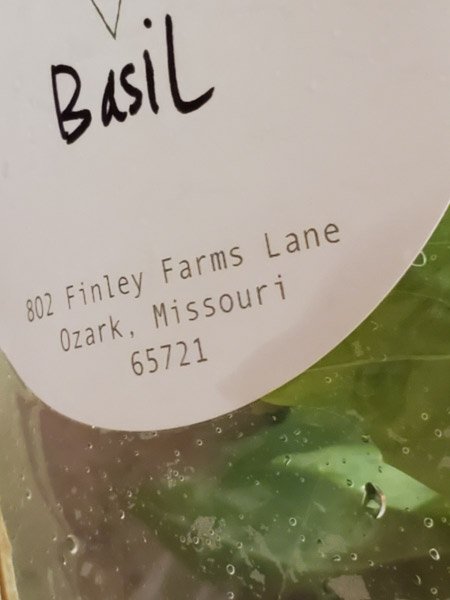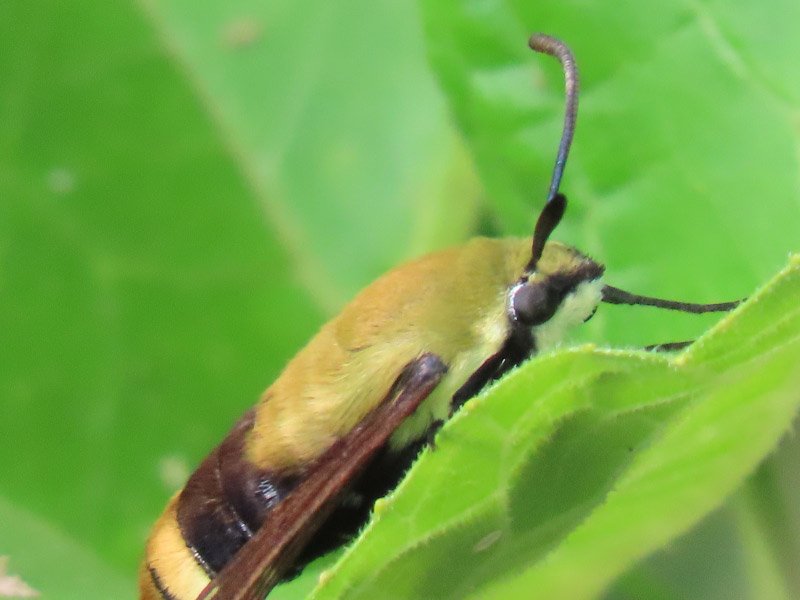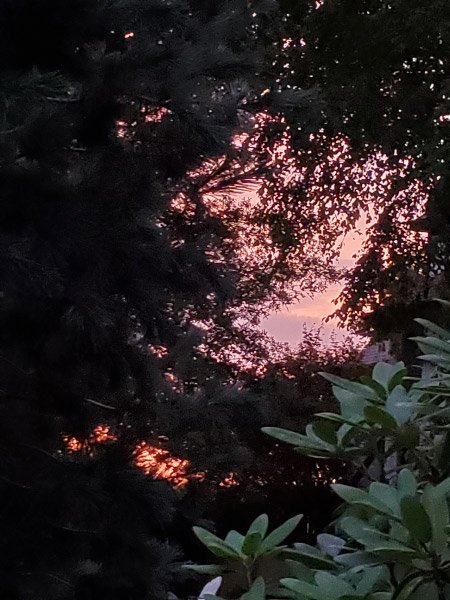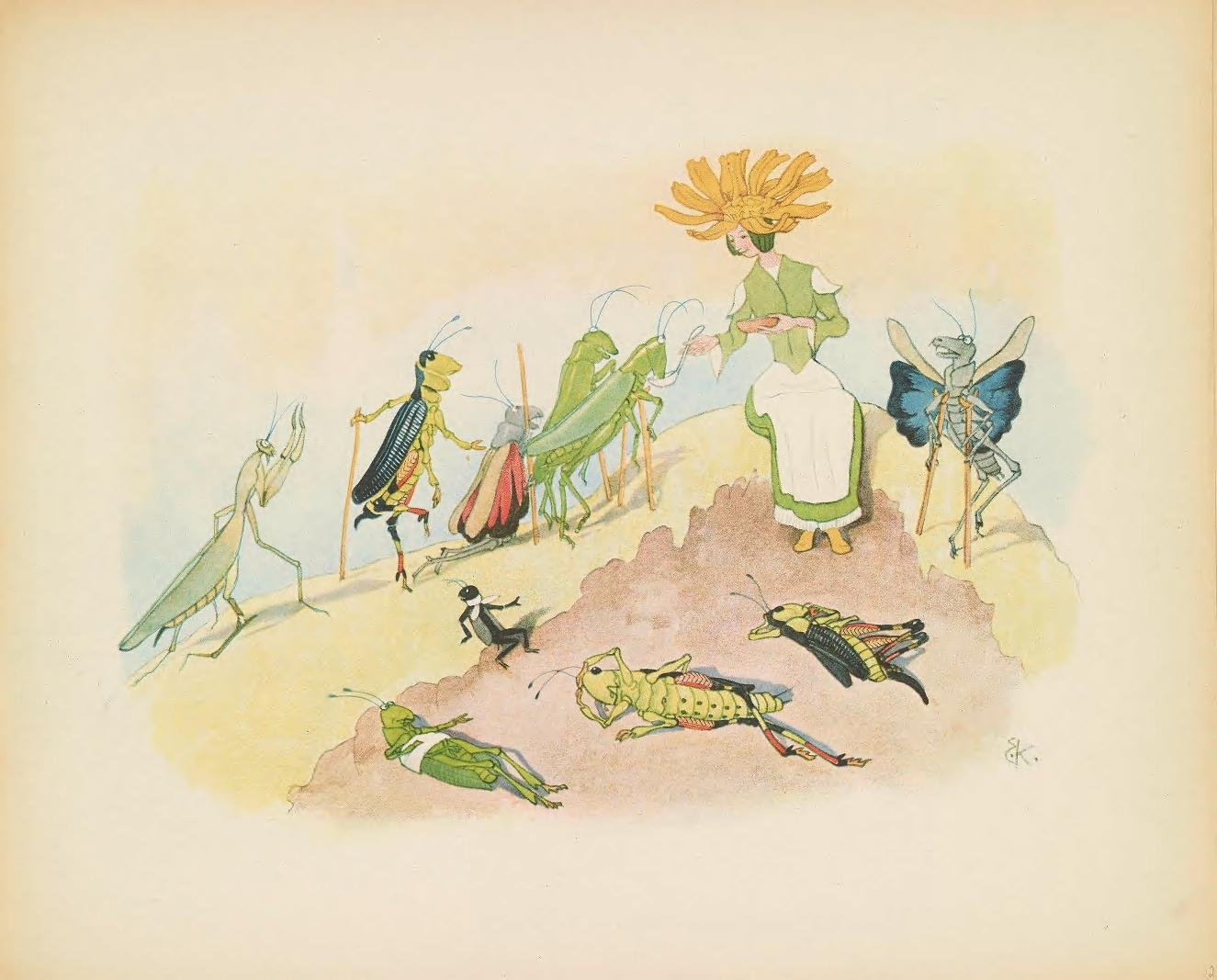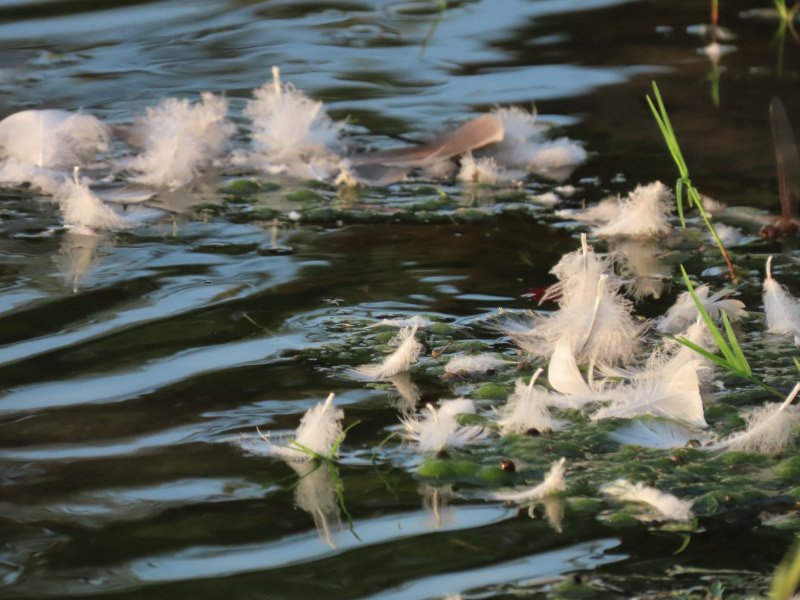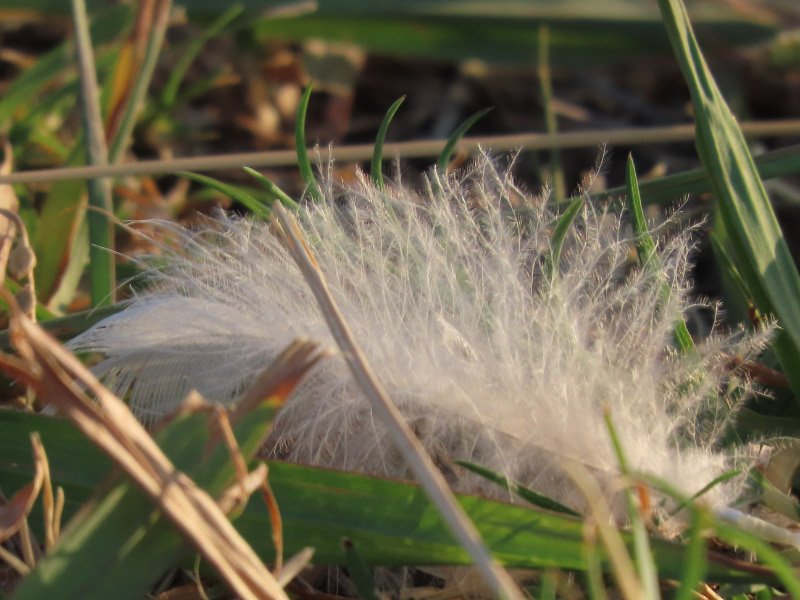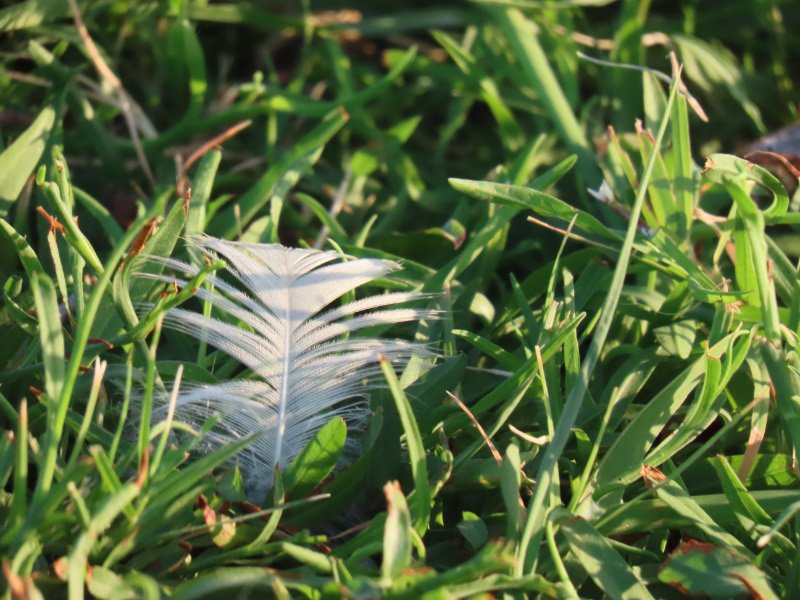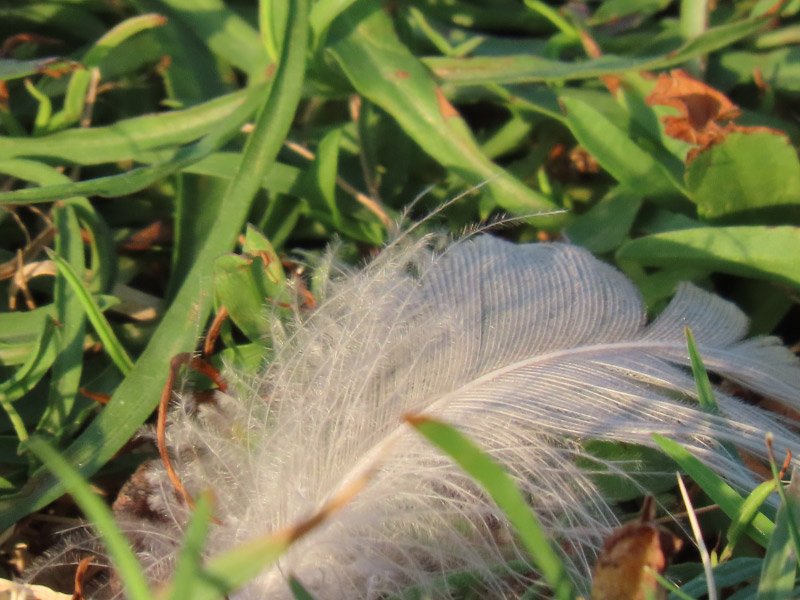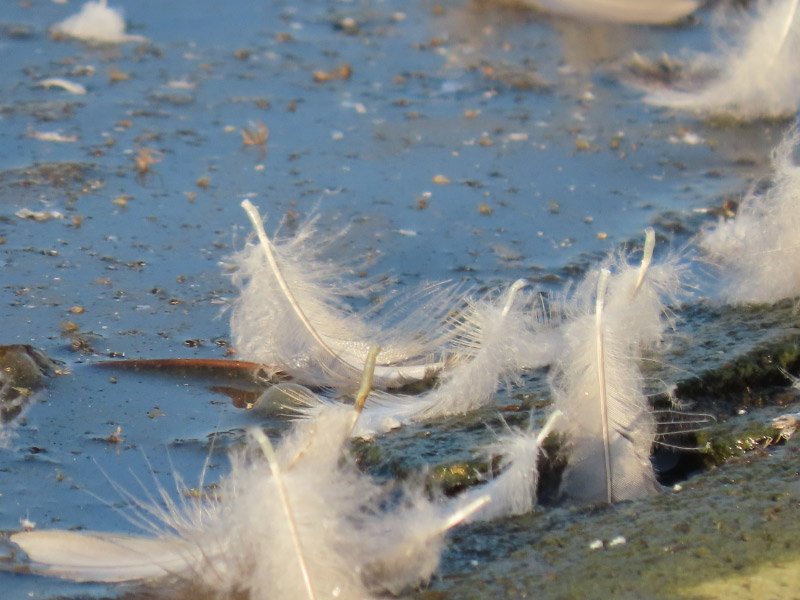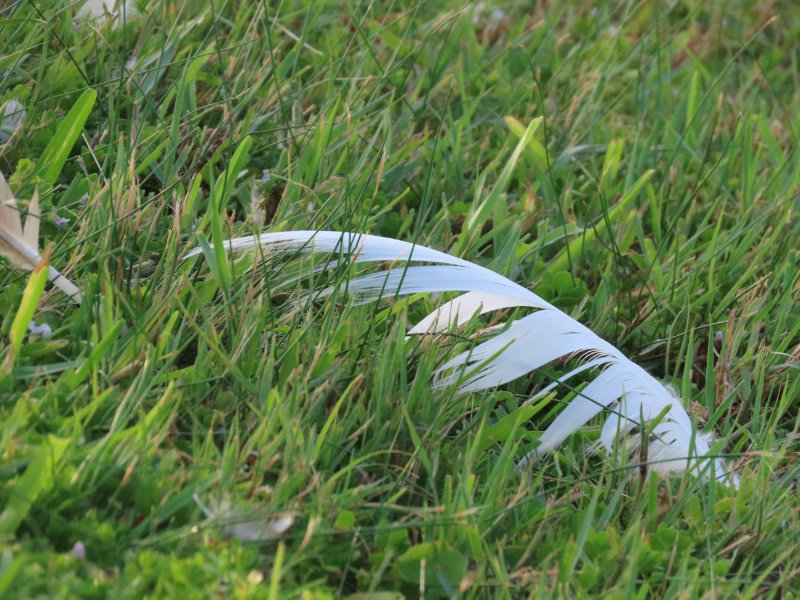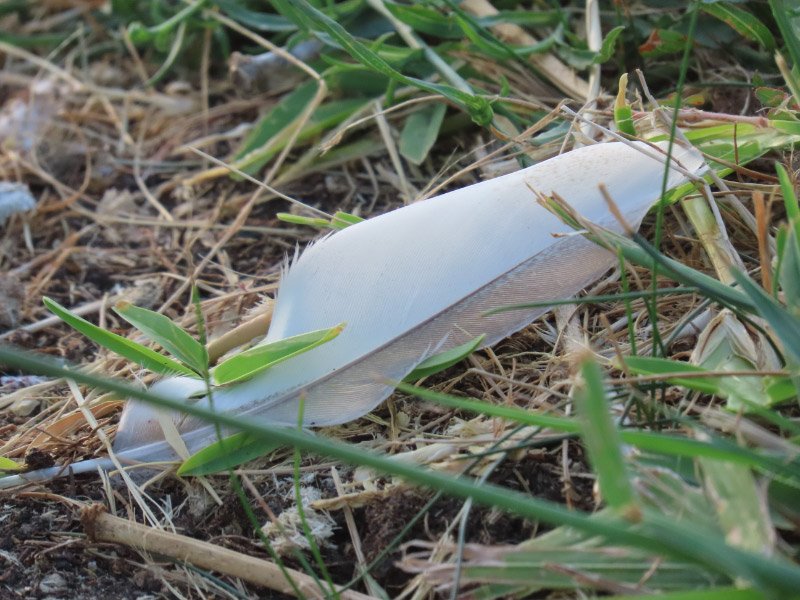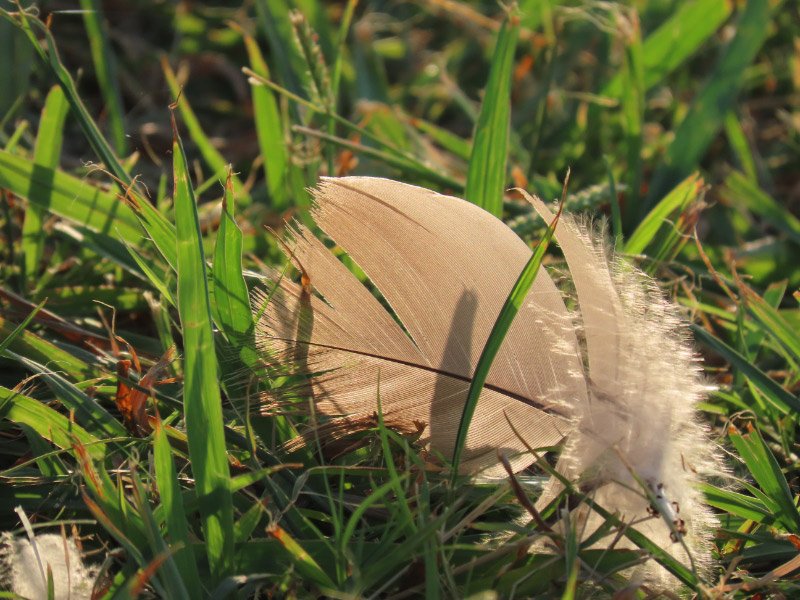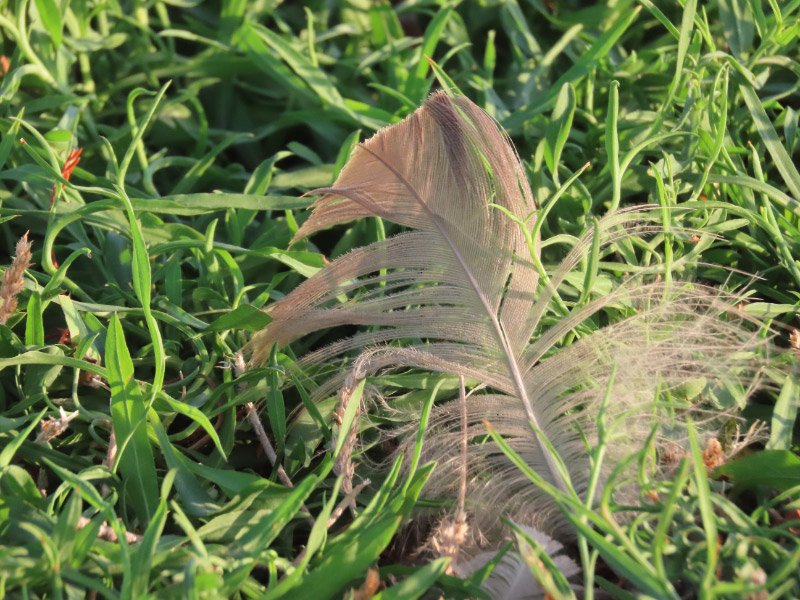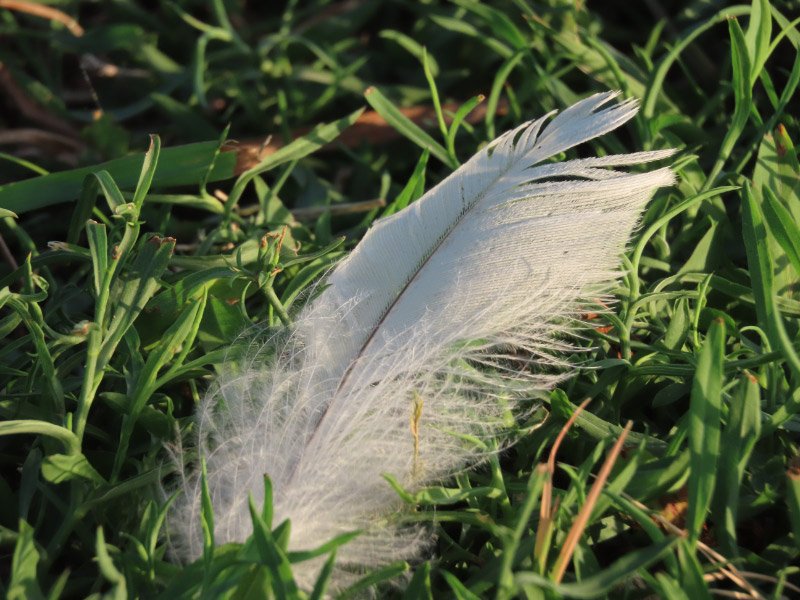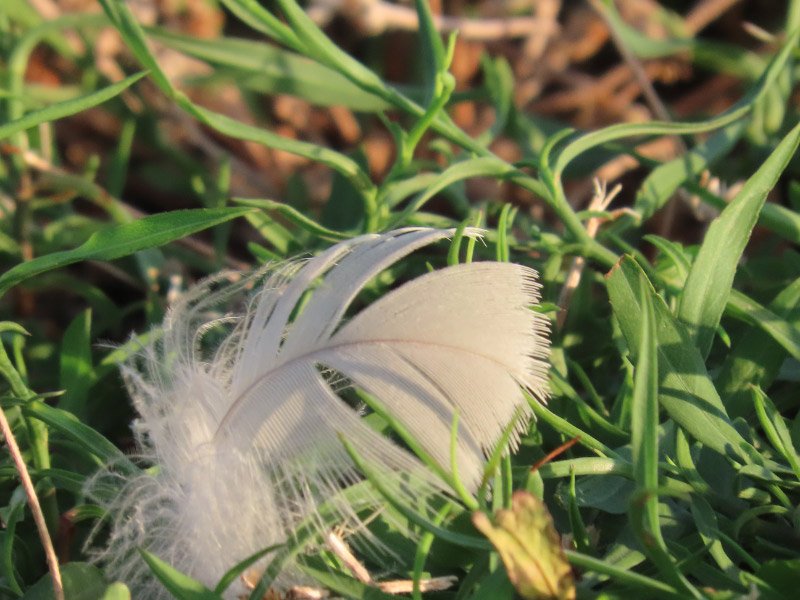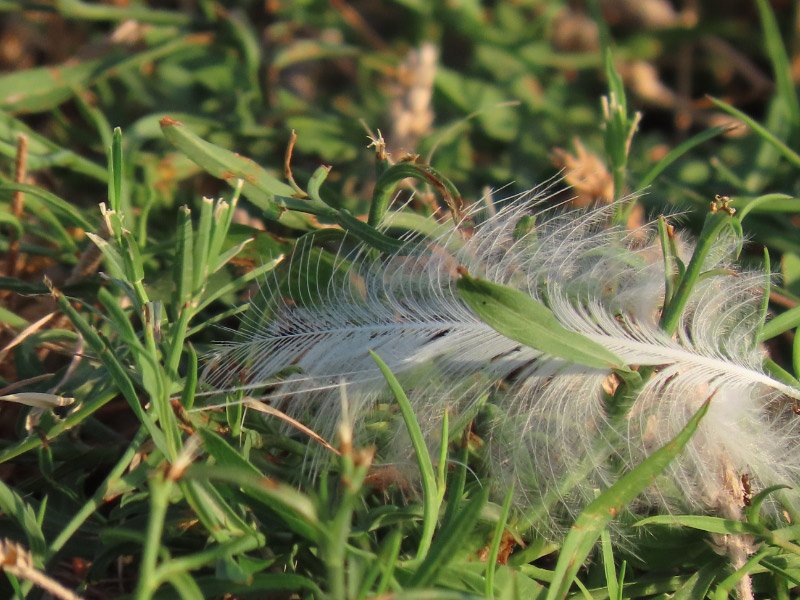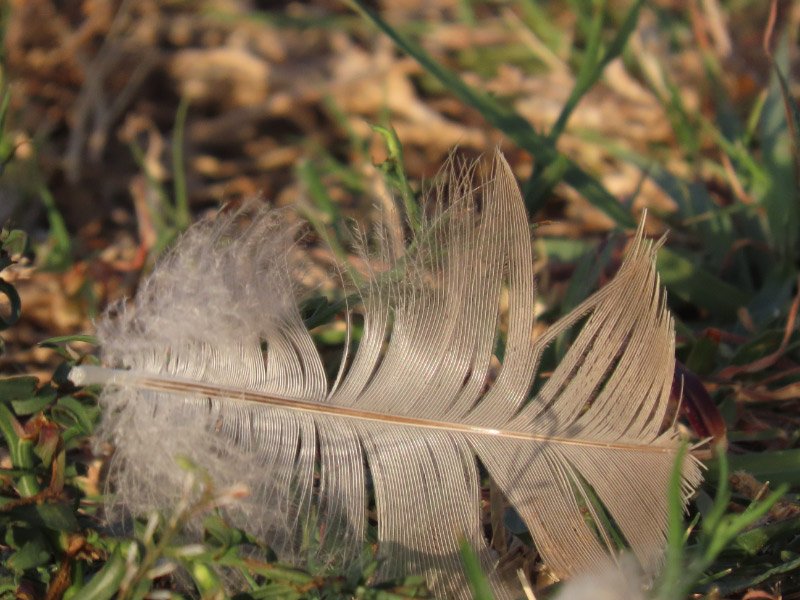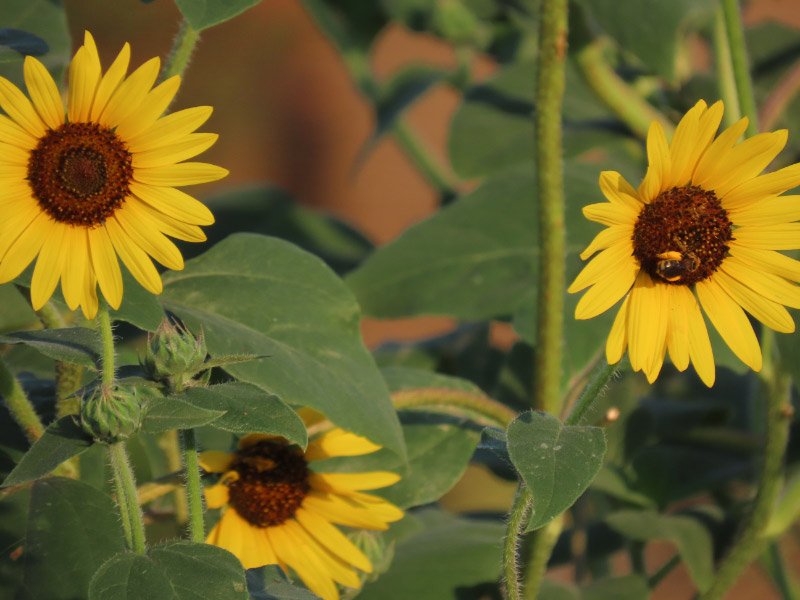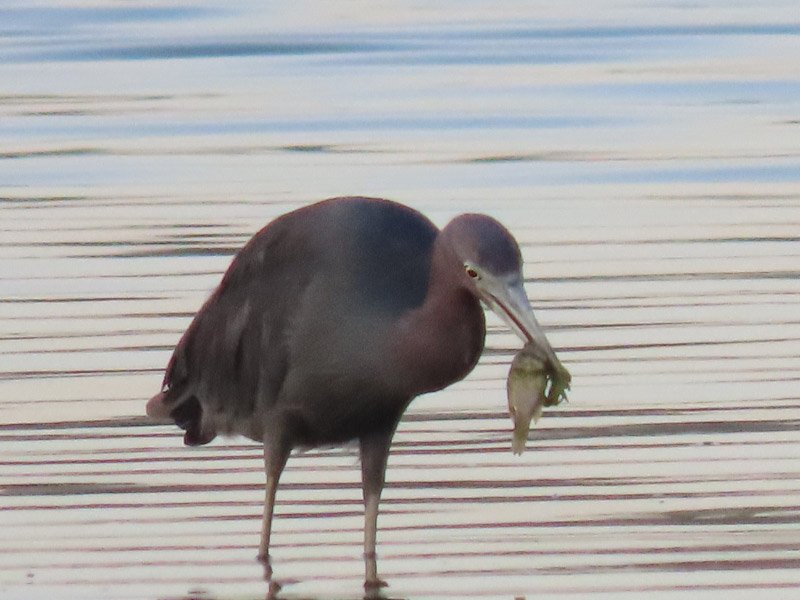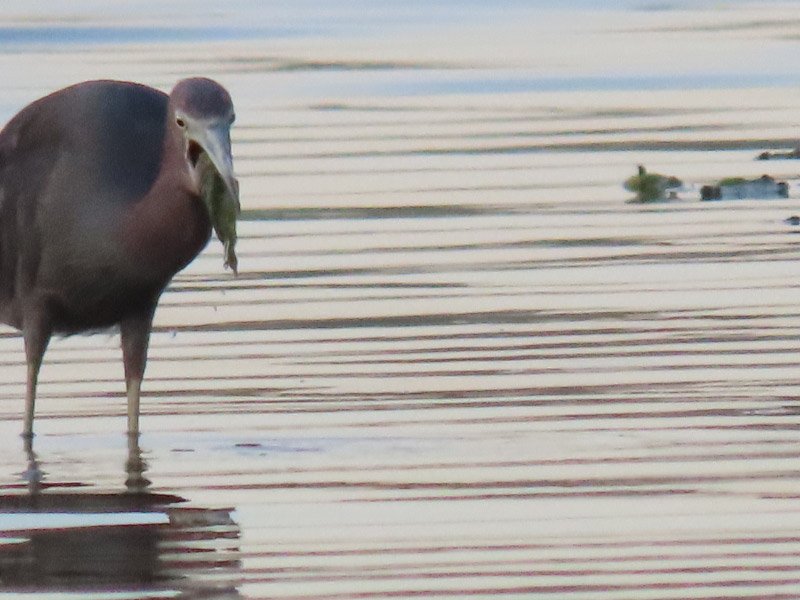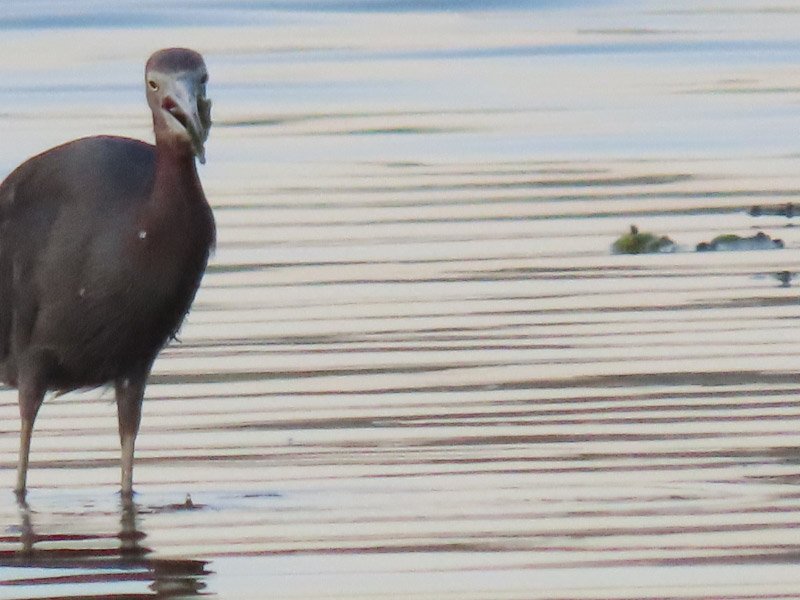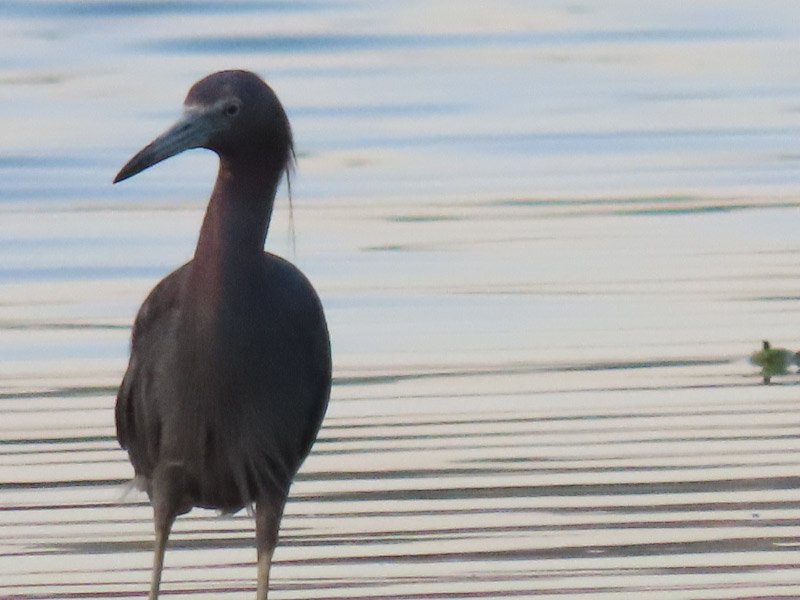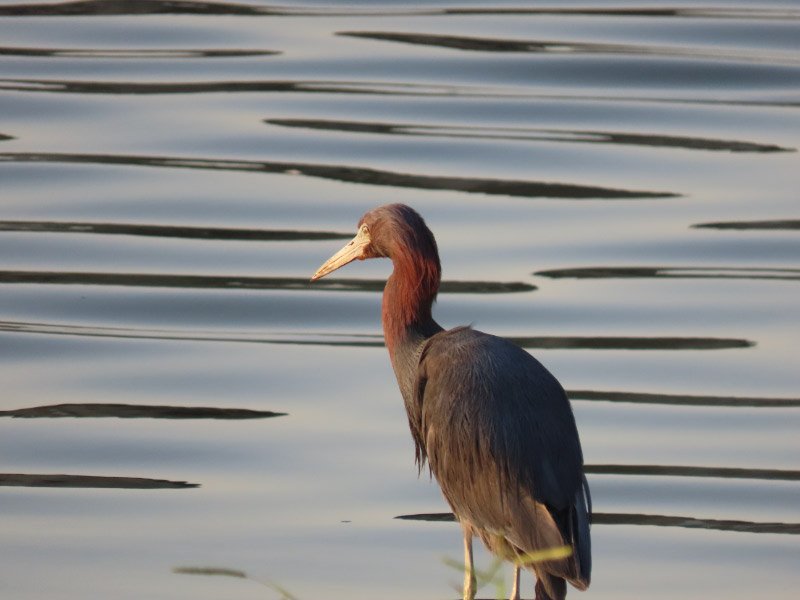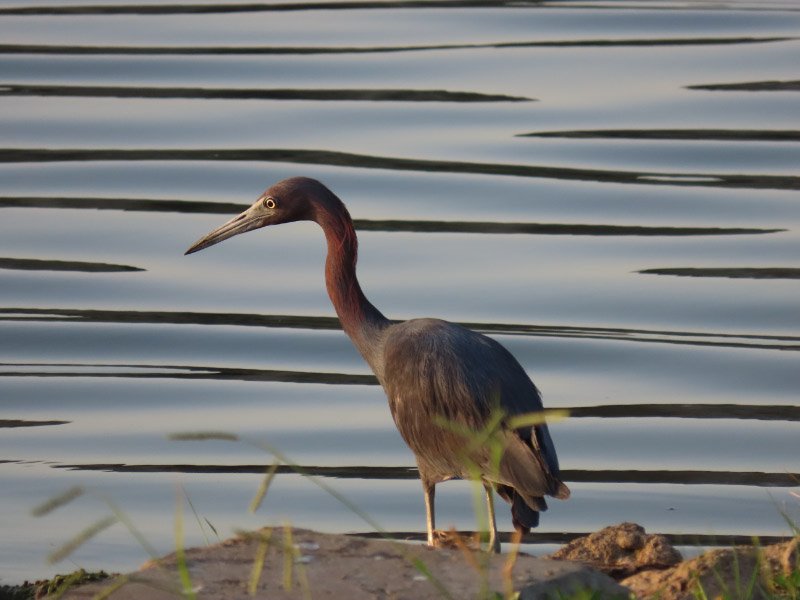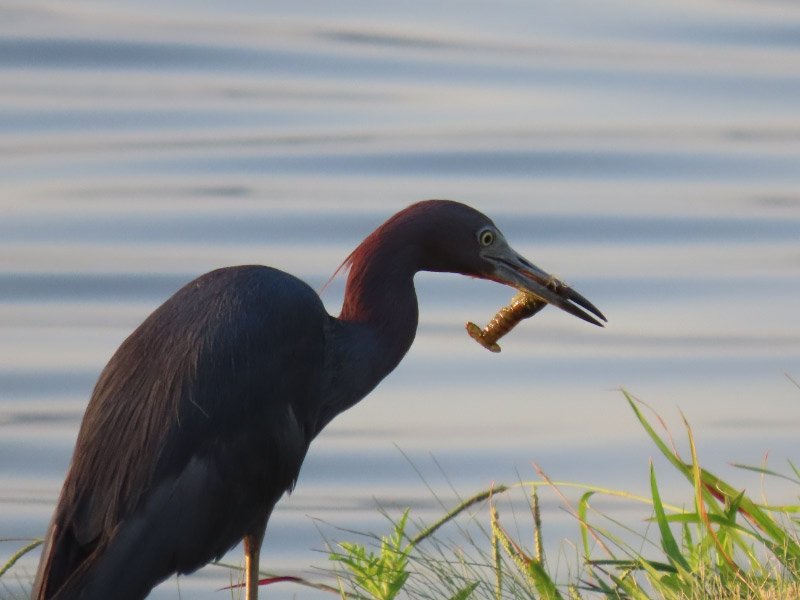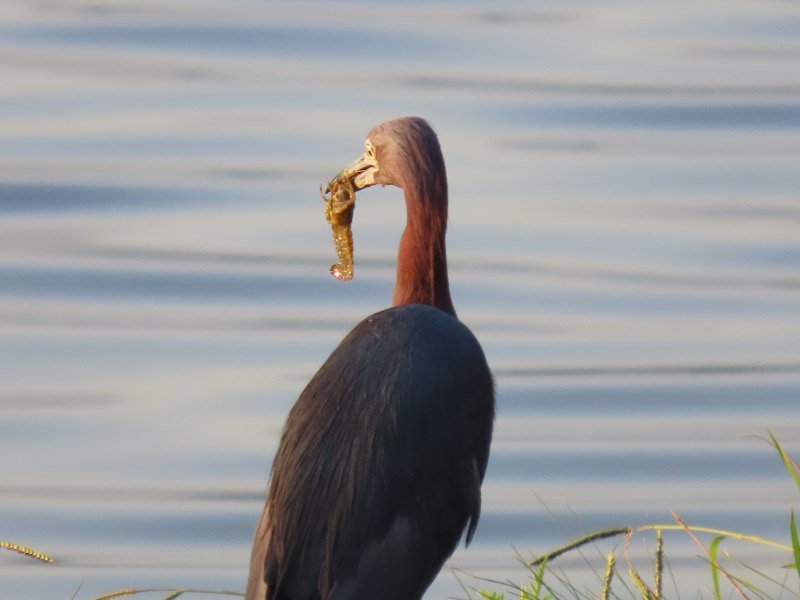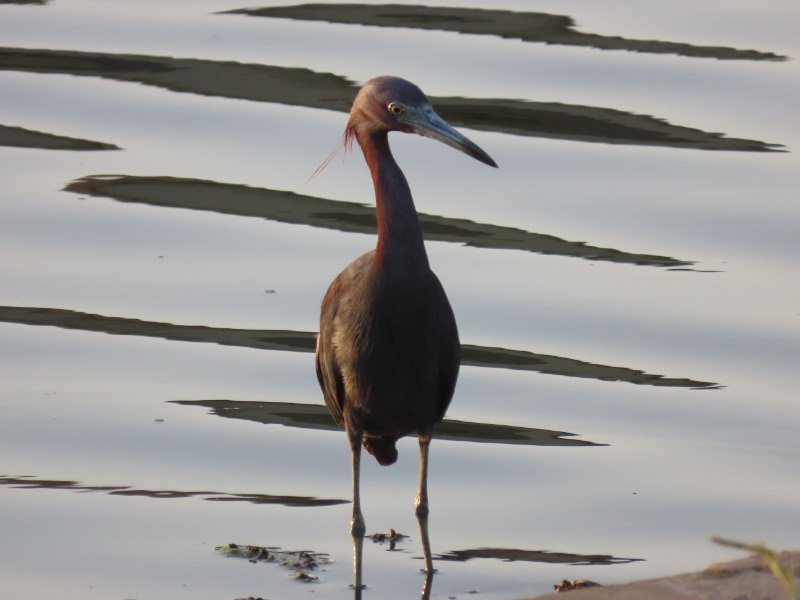The items below were ‘the cream’ of the articles and websites I found this past week. Click on the light green text to look at the article.
Risk of fatal heart attack may double in heat wave and high fine particulate pollution days – A study from China that included 202,000 heart attach deaths.
July Was Likely Earth’s Hottest Month on Record – The last sentence of the article: ‘Well, this is probably one of the coolest summers you’ll ever see in your life.’ ... It is quite scary to put it this way.
Climate Change Temperatures Killing Death Valley's Bristlecones – 70% mortality rate over the past decade.
The Australian town where people live underground – Coober Pedy…where most of the people live underground in abandoned opal mines or intentionally excavated spaces!
Looking Down on the Andes – Pacific Ocean, Atacama Desert, Andes…Chile, Argentina, and Bolivia. Image taken from the International Space Station.
Supermarkets to the Rescue — Coles Joins Virtual Power Plant – A grocery chain in Australia. Maybe some supermarkets (and other big box stores) in the US will do similar things.
In a Chilean Forest Reserve, the Remarkable Darwin’s Frog Endures – The endangered frog is a smallish leaf mimic with a pointy nose. Males whistle to attract mates. After females lay their eggs on the ground, males swallow them, holding them in their vocal sac as the young metamorphose. Six to eight weeks after hatching, small adults make their exit through the males’ mouths!
Moths With 11-Inch Tongues? - More than 150,000 recognized moth species, though likely another 150,000 or so, give or take, remain undescribed. Many of these species feed birds and bats like some form of “aerial plankton.” Out of the hundreds of caterpillars one moth might produce, few survive to metamorphose into moths. But those that do provide a critical service both as food for nighttime predators and as pollinators, often evolving to be the only ones that can get the job done. Every species of yucca in North America, including the famous Joshua Tree, requires pollination exclusively from yucca moths.
Spooky, stealthy night hunters: revealing the wonderful otherworld of owls - Owls occur across all continents other than Antarctica, spanning an environmental gradient from the freezing Arctic (home of the stunningly beautiful snowy owl, of Harry Potter fame) to the hottest deserts (home of elf owls).
What to know about beech leaf disease, the 'heartbreaking' threat to forests along the East Coast – I remember this entering into Master Naturalist conversations in Maryland before the COVID-19 pandemic…but the cause was a total mystery at that point. It was interesting to get an update. There is still no known way to control or manage disease, but progress has been made; large numbers of foliar nematodes cause the disease (the interfere with chlorophyll production and the trees starve). It hasn’t been that long ago that the Emerald Ash Borer killed almost all the ash trees…before that wooly adelgid killed the Eastern Hemlocks….and earlier, in the mid-1900s, the American Chestnut succumbed to blight. The eastern US forests are very different than they were 100 years ago and the pace of diseases seem to be increasing.








